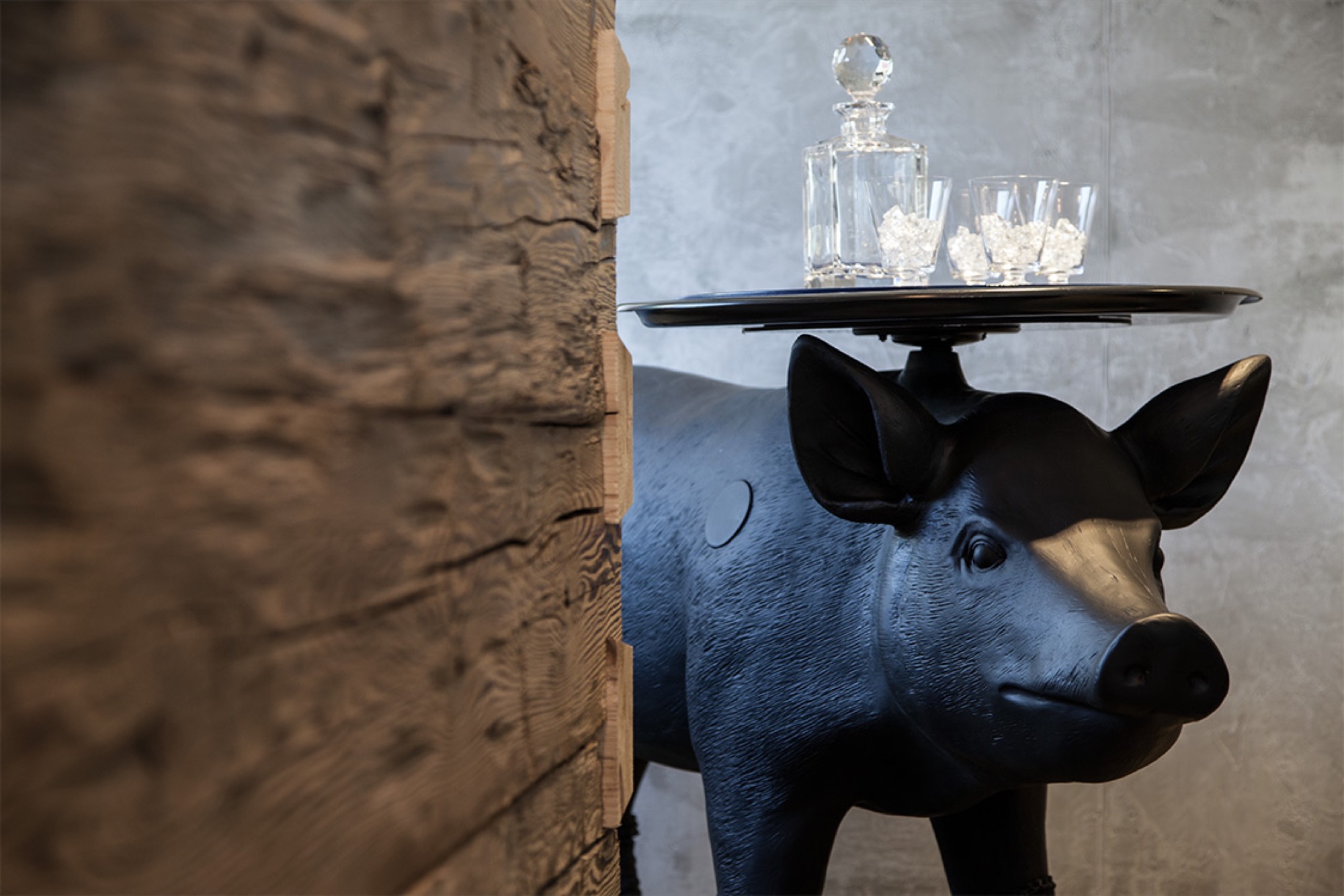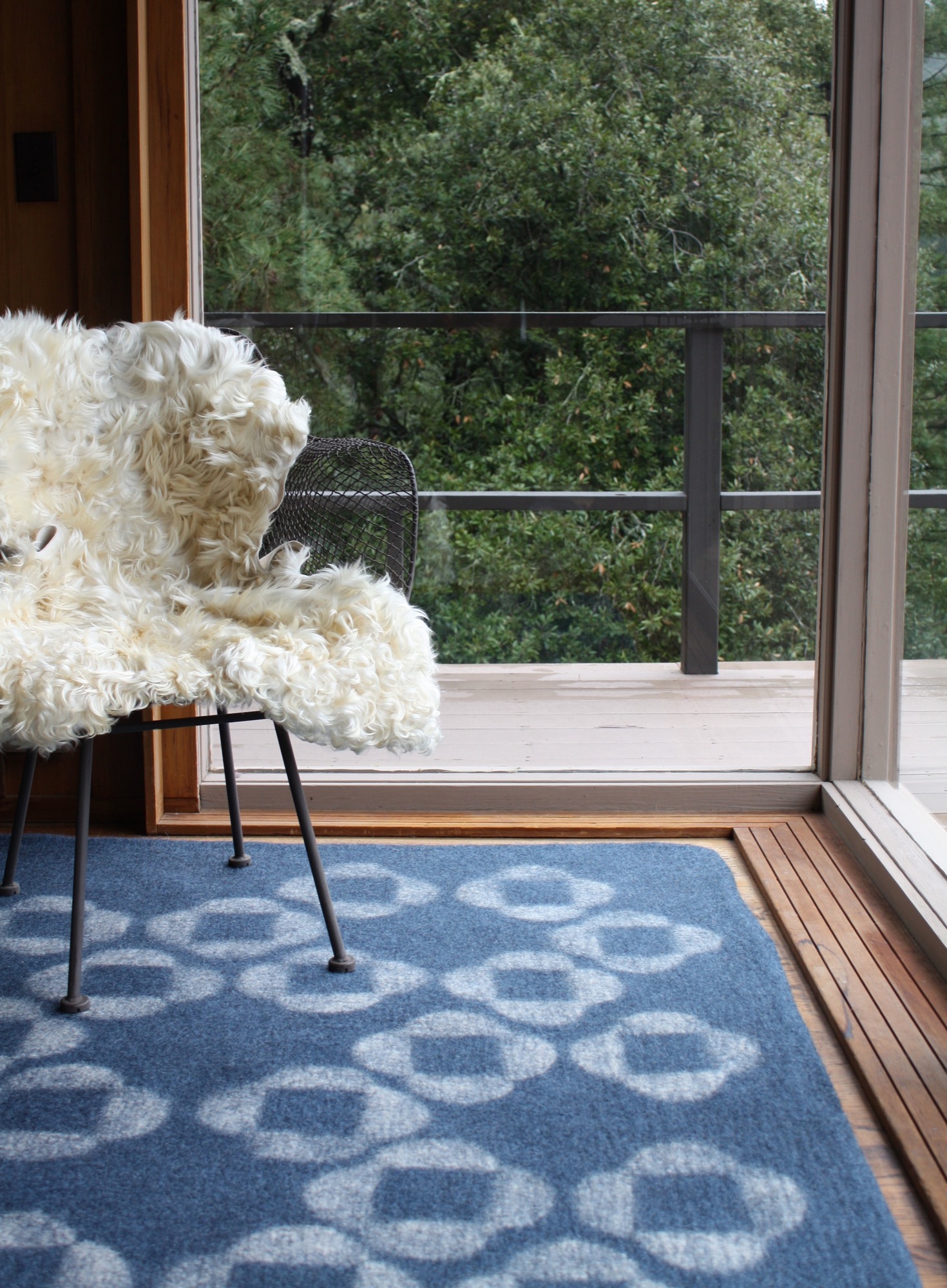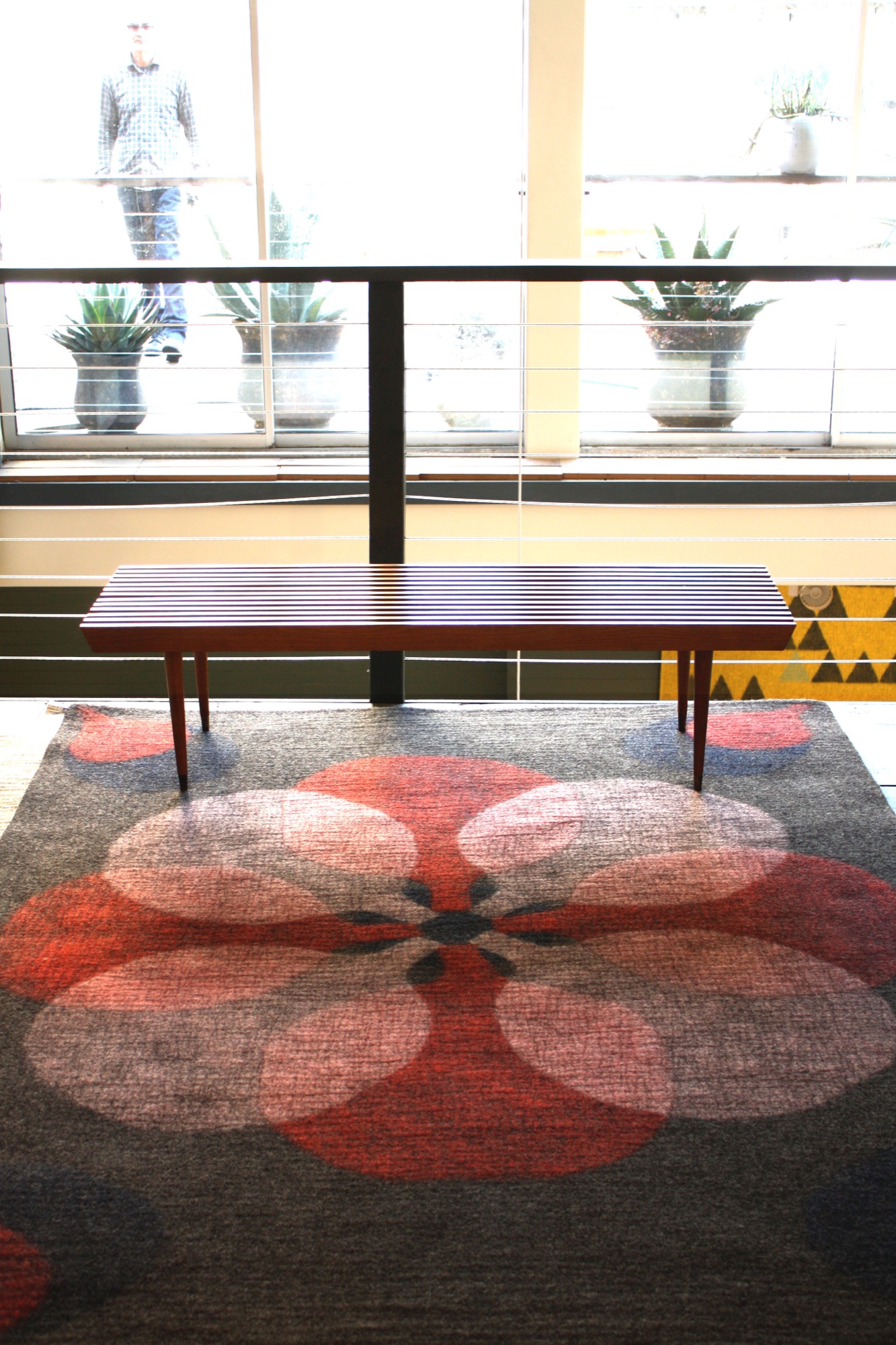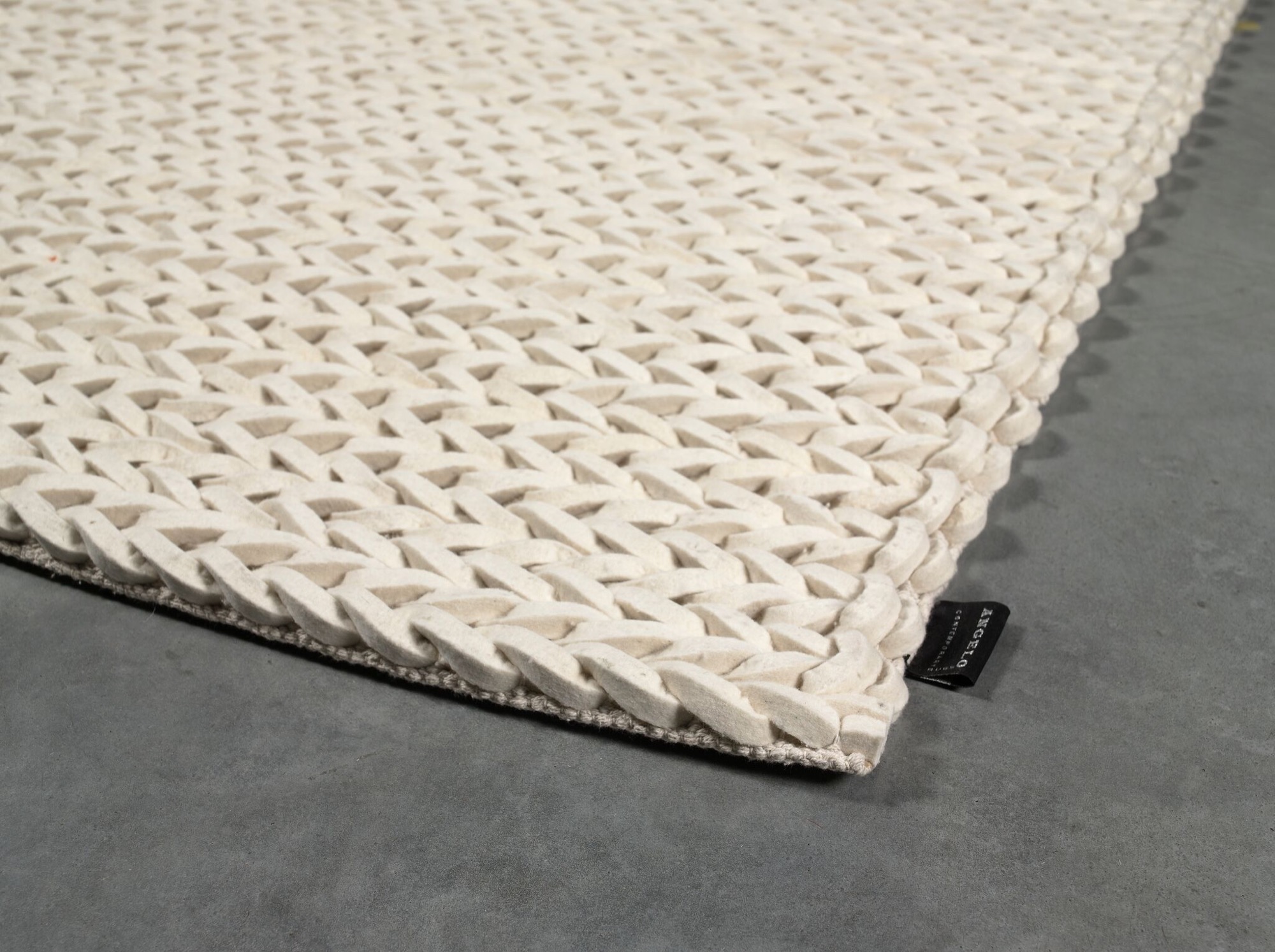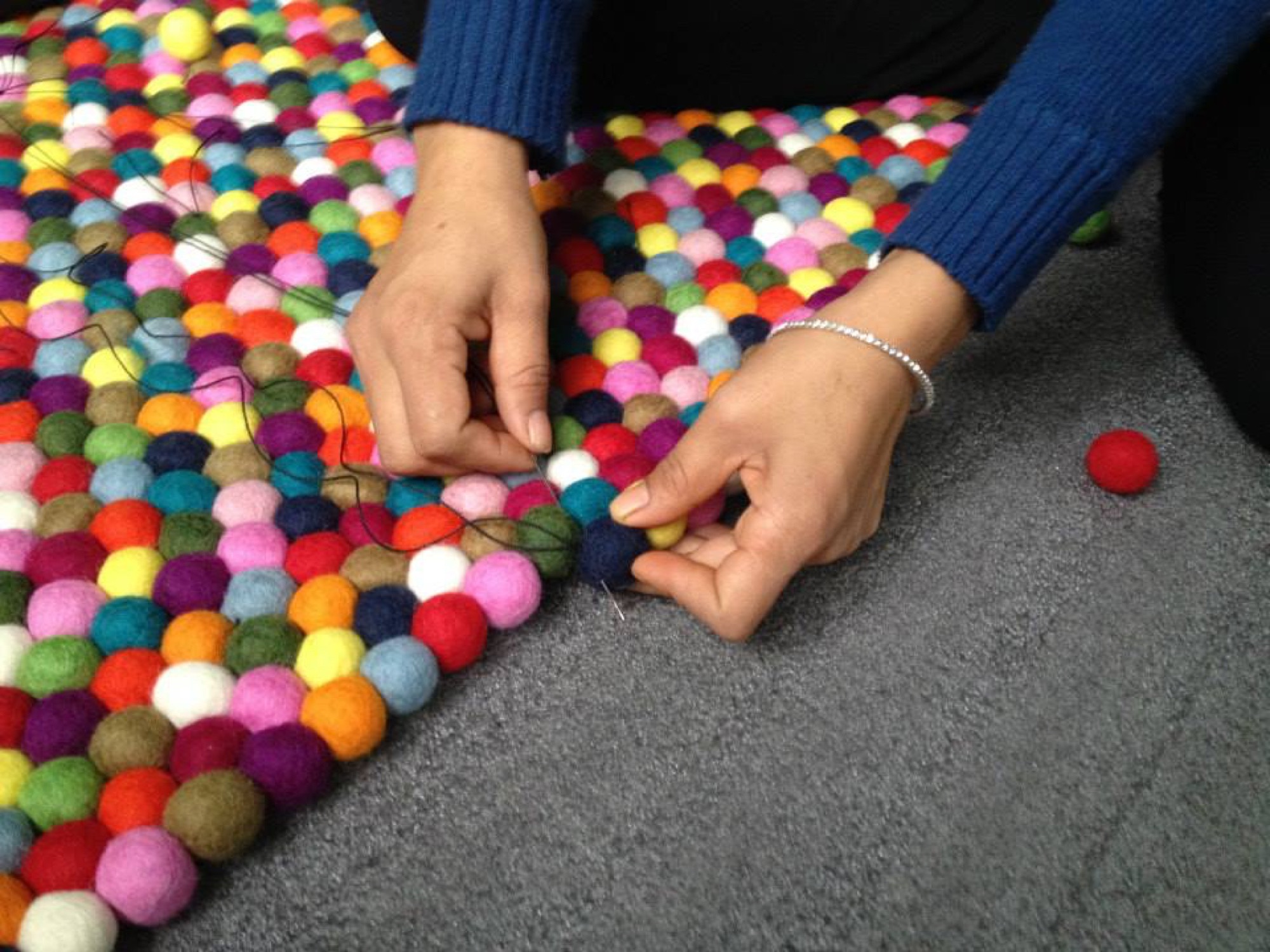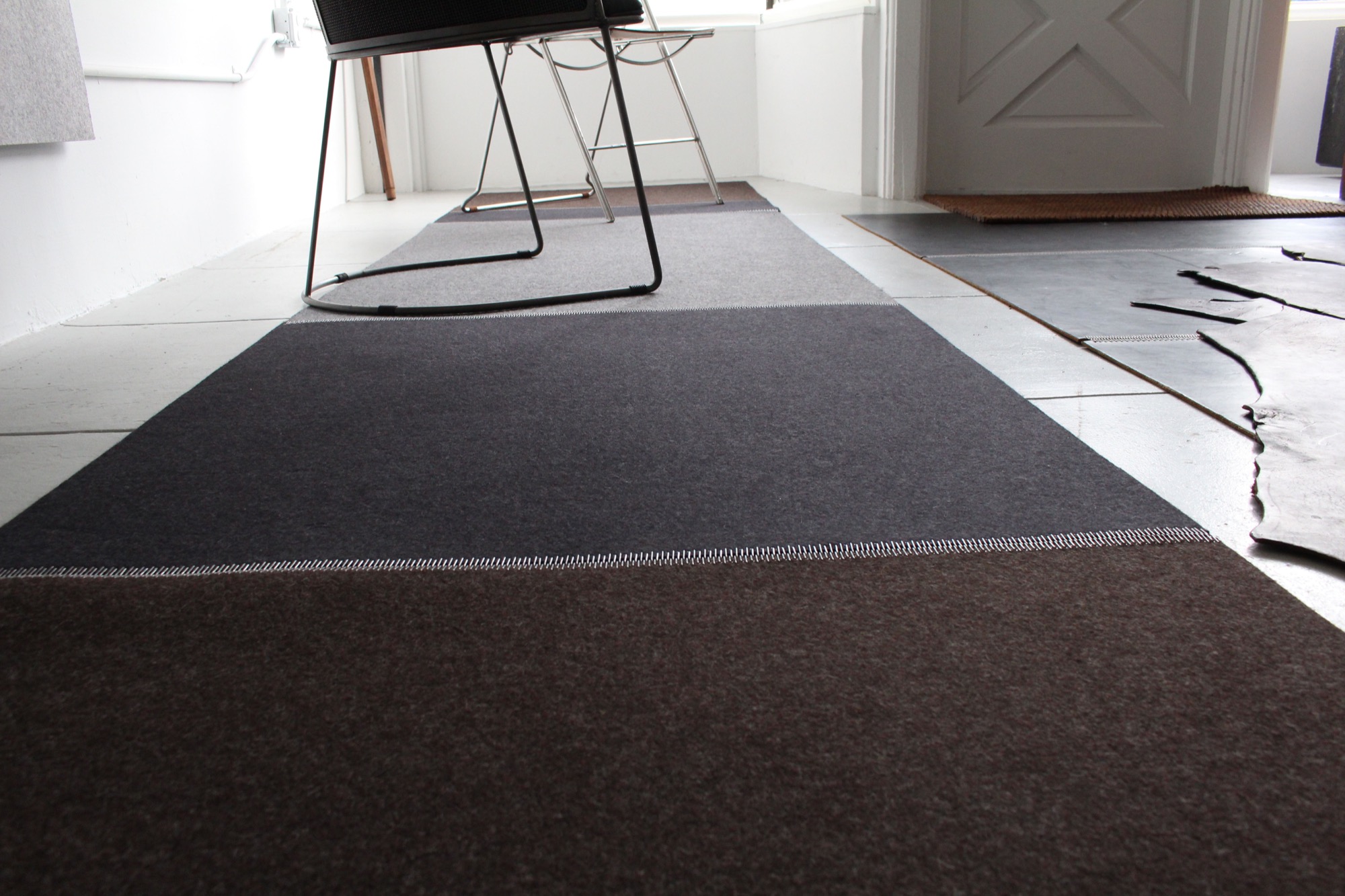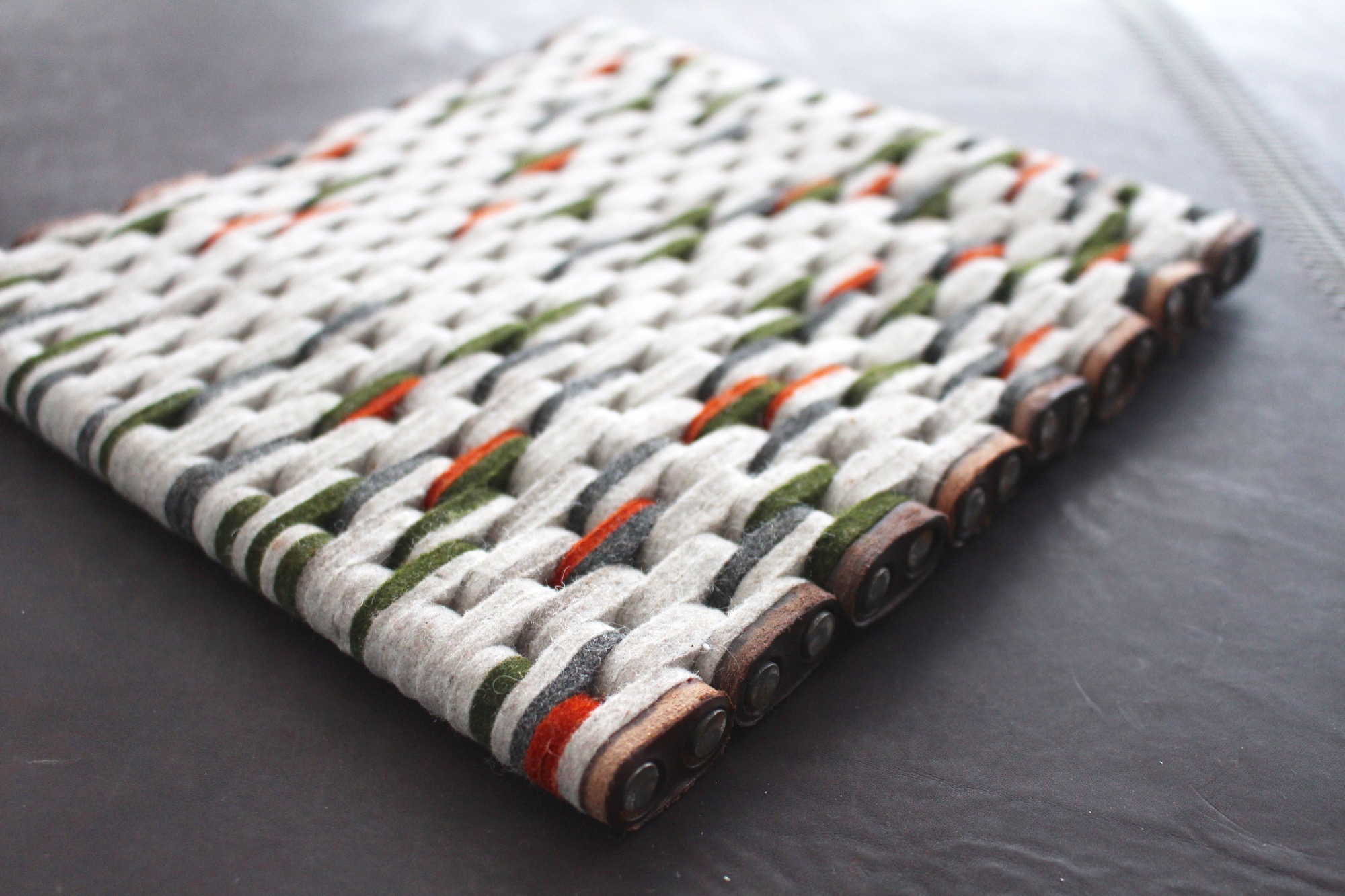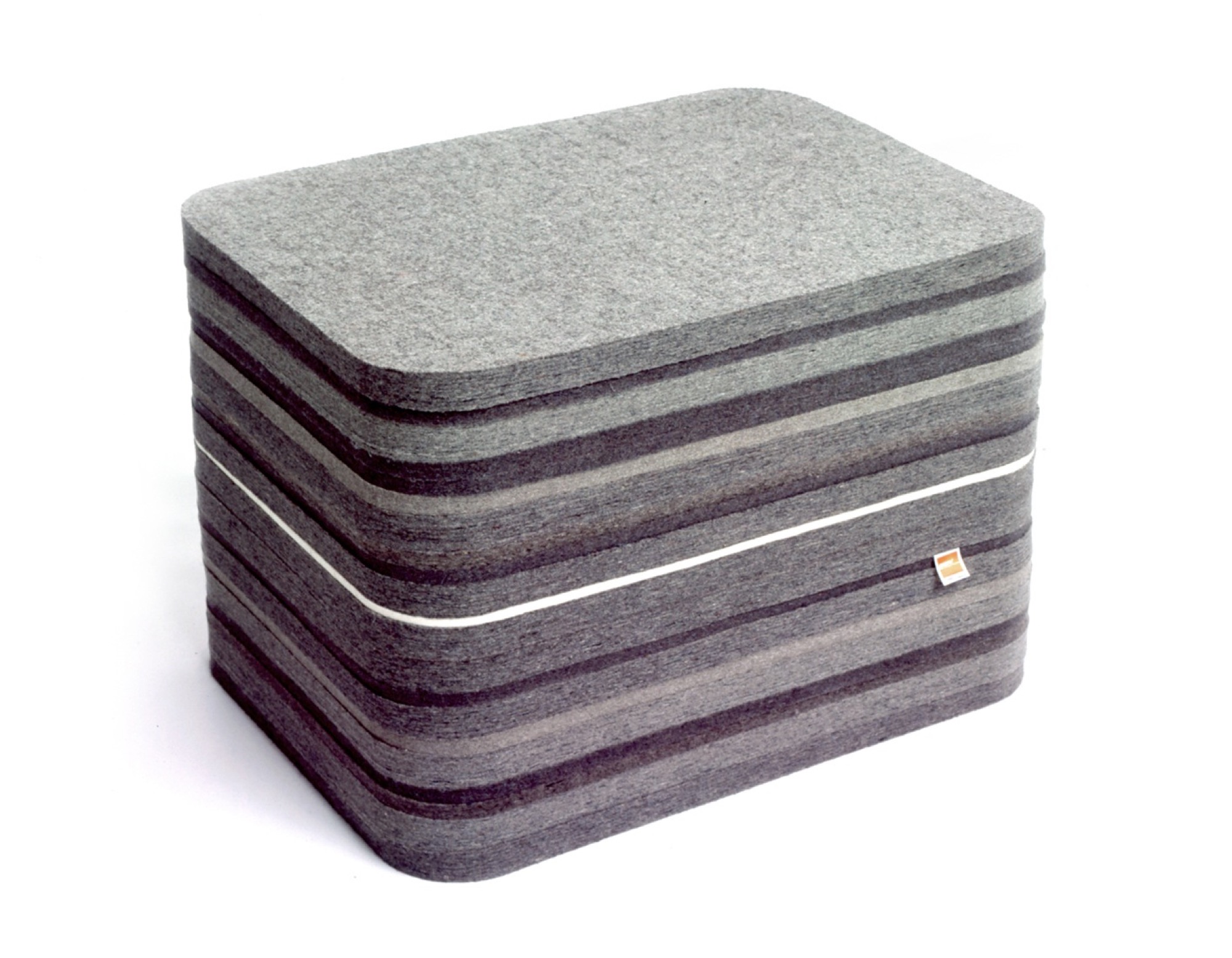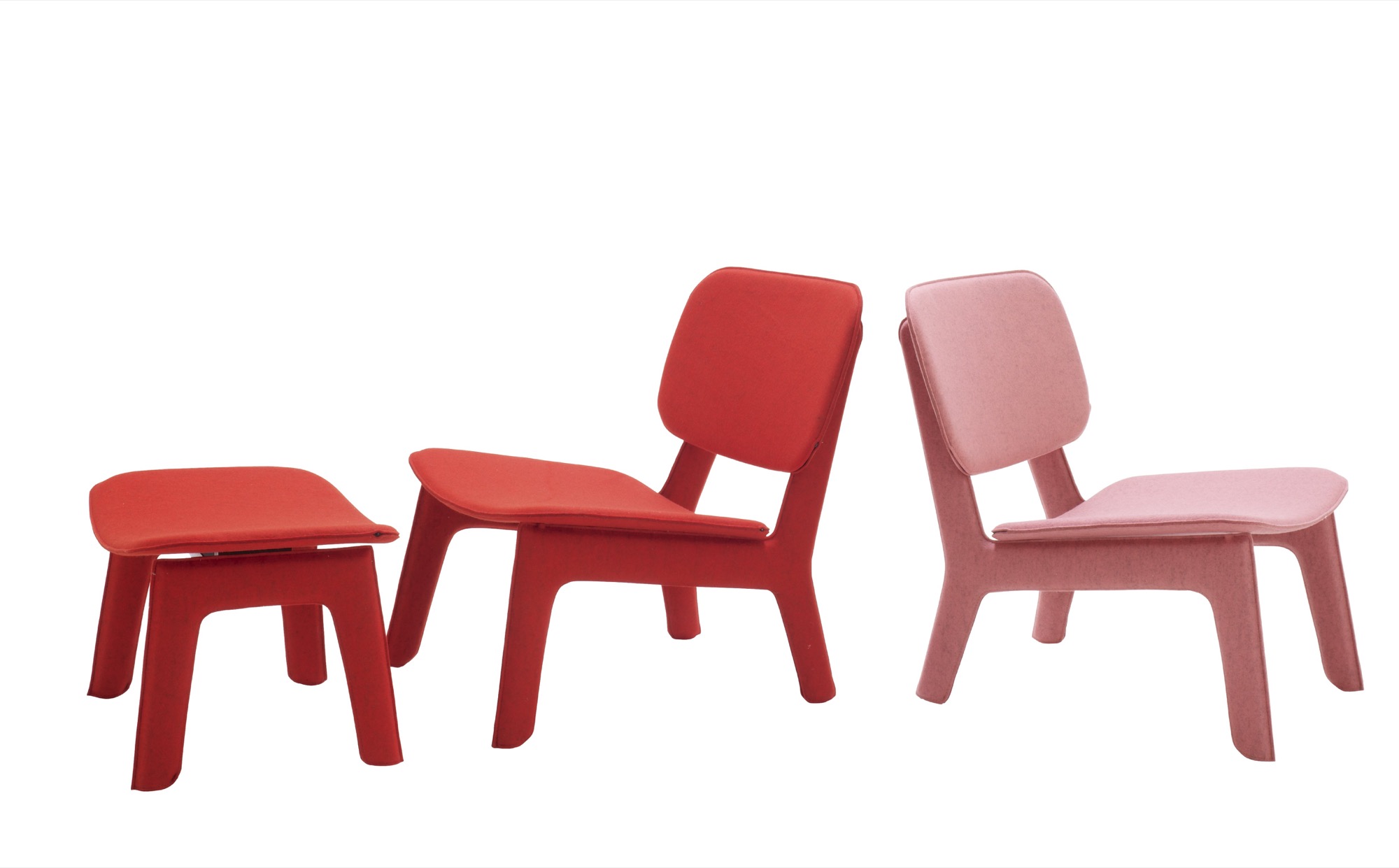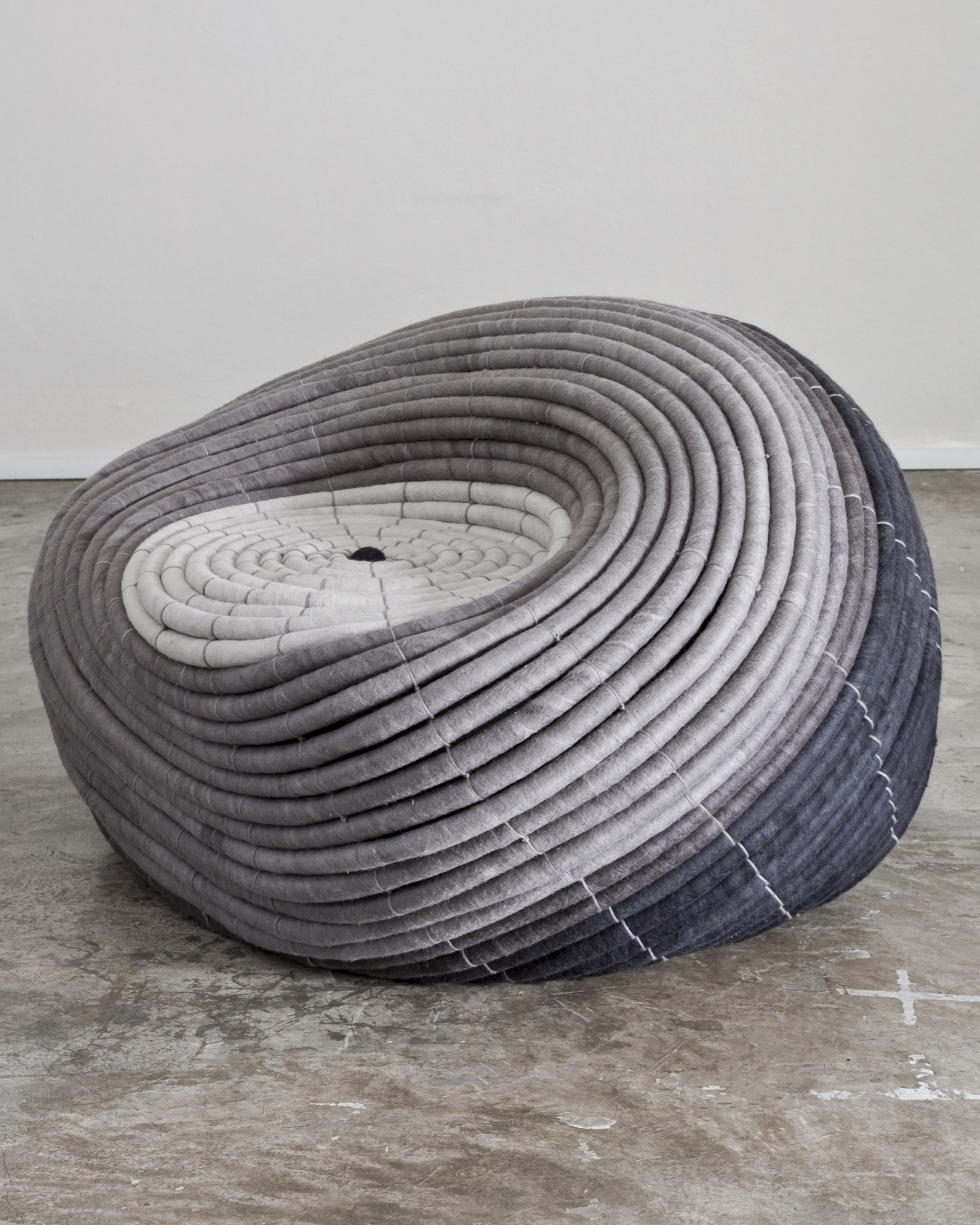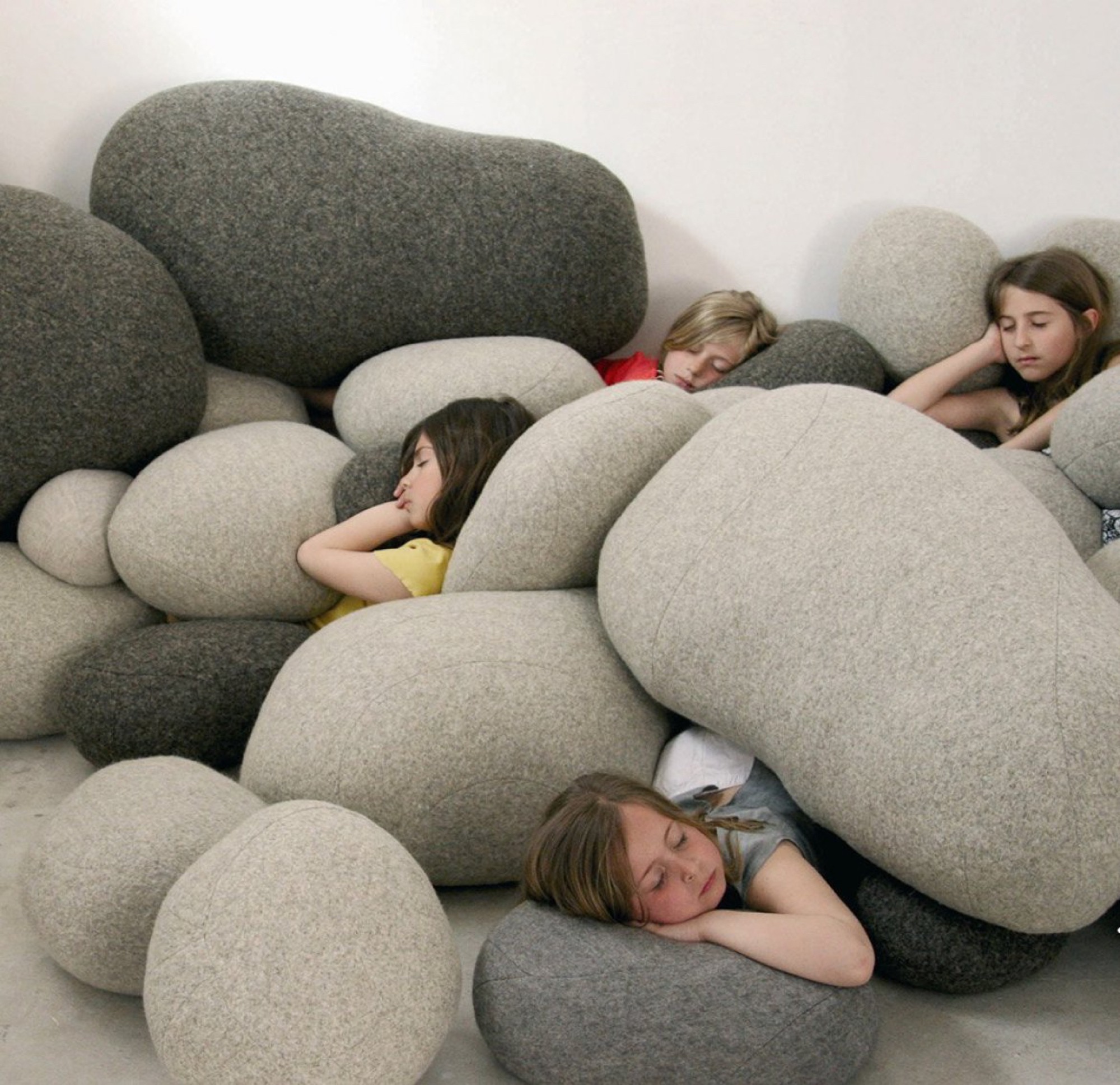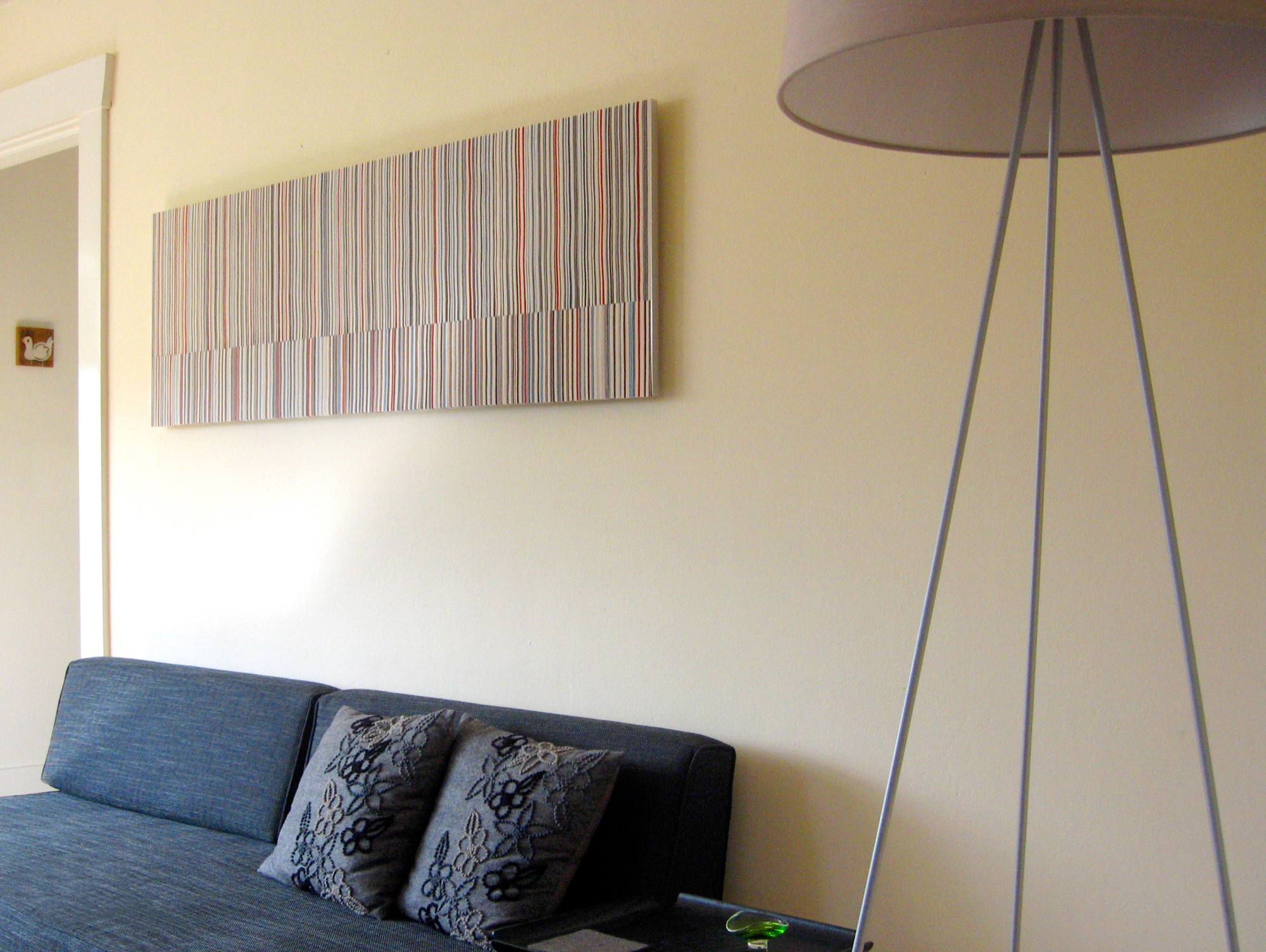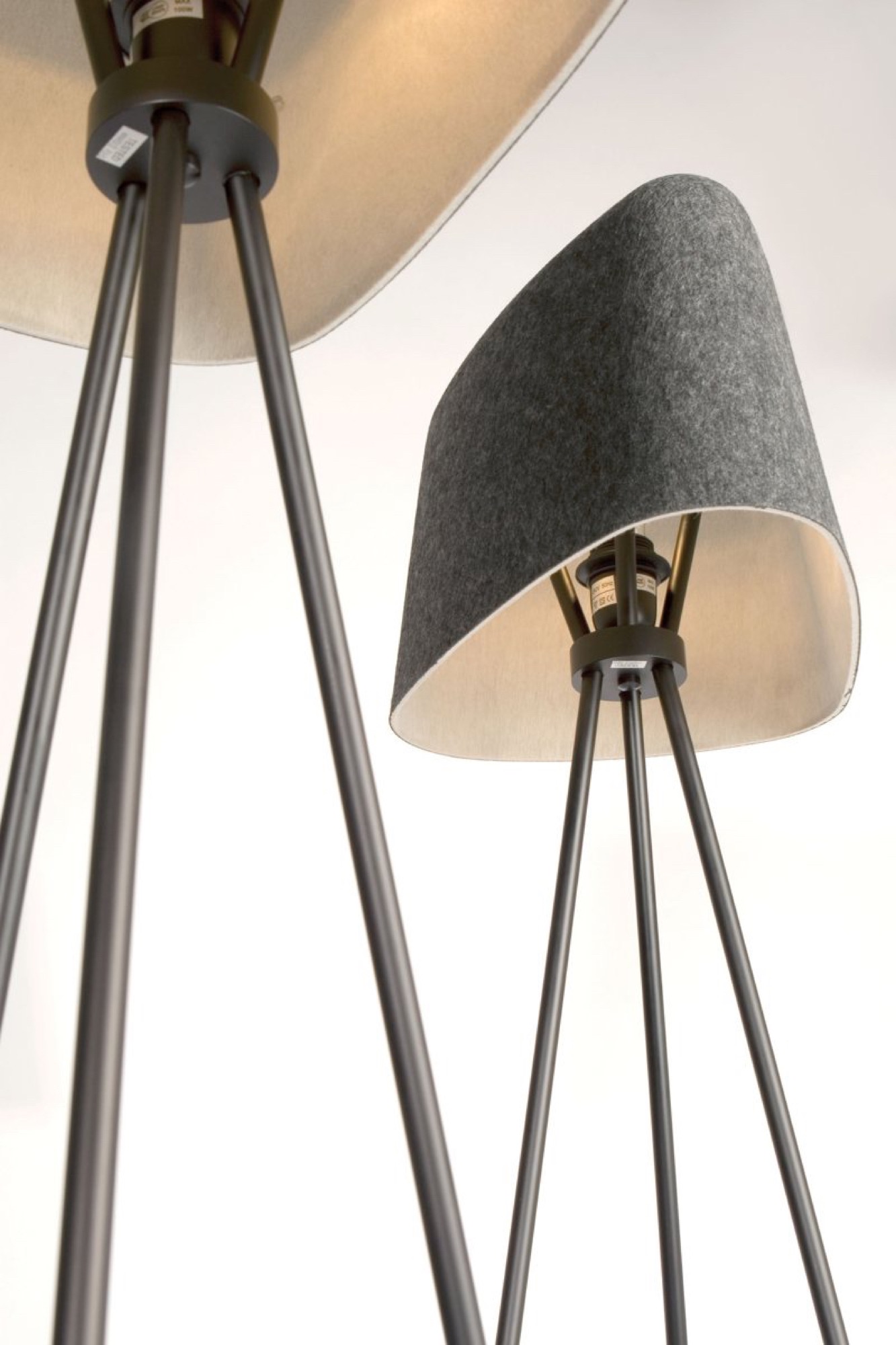
Inspirations
Explore the elevated life in the mountains. This content debuted in 2015 with Alpine Modern’s printed quarterly magazine project.
Rugs and Furniture in Felt
A warm and fuzzy curation by Boulder interior designer Jennifer Rhode
Felt has a longer history than people may know. It is considered to be the oldest known woolen textile. The Sumerians have myths about its origins, and several felt shops were discovered in ancient Pompeii. Today, felt is being revived as a construction material for modern furniture and accessories that are inherently warm.
Rugs handmade in Iran
The felt of ancient Pompeii was created by matting and compressing wool fibers, and today’s felted rugs are produced in much the same way. The area rugs of Peace Industry are handmade in a workshop in Iran. The rugs are traditional in their time-honored production process, but the simple, geometric designs are thoroughly modern.
Braid pattern rug
The braided felt rugs of Angelo Rugs’ Highland Collection also celebrate heritage with the classical braid design, but the square, die-cut strand execution is crisp and fresh.
Colorful felt ball rugs
The felt ball rugs of Nepal resemble woolly marbles in a kaleidoscope of colors, stitched together. These whimsical rugs invite you to remove your shoes and engage.
Industrial felt rugs
Jim Zivic puts an industrial twist on both of his felt wool rug collections. For one, he attaches multiple colored felt panels with steel hinges, melding soft and mechanical. Zivic’s newest line features rugs created with felt strips linked together in random color ways, making each leather bound rug unique.
Die-cut bench
Felt is also being used to construct seating. The die-cut felt Joseph bench by Chris Ferebee is elegant in its simplicity, but exudes earnestness and warmth with its stacked, striped, woolen texture.
Felted chairs
The Felt Chairs by Ligne Roset are campy and sweet in their bright bubble gum colors, complemented by the clean, pared lines of the chair frame.
Coiled felt pouf
South African designer Ronel Jordaan’s Ndebele Chair is a circular, flexible seat created by stitching together a long felted wool coil. The serpentine design entices you to relax right into the center.
Felt stones
Stephanie Marin’s Living Stones are an unexpected contrast of soft, appealing textile and shape, depicting a natural element that is typically cold and hard. The stones beckon you to cuddle up and participate.
Felt Wall Art
The anodized, acoustic felt wall sculptures of Submaterial are creative collections of felt pieces arranged in colorful striped or geometric compositions—warm and modern.
Felted lamp shades
Outofstock’s pendant Stamp lamp and Tom Dixon’s Felt Floor Lamp surprise by using a thin layer of felt on their shades, providing both light and cozy comfort. Surely, the Sumerians would have appreciated such illumination when stamping out cuneiform on their clay tablets in the evening. △
Cozy and Knit
Winter interiors: Bring warmth into your home with tufted or knit accessories and furniture
Coziness and chunky textures are not just for your grandma’s homemade afghans anymore. These tufted or knit accessories and furniture options have all the warmth of a storybook cottage, but they couldn’t be more modern.
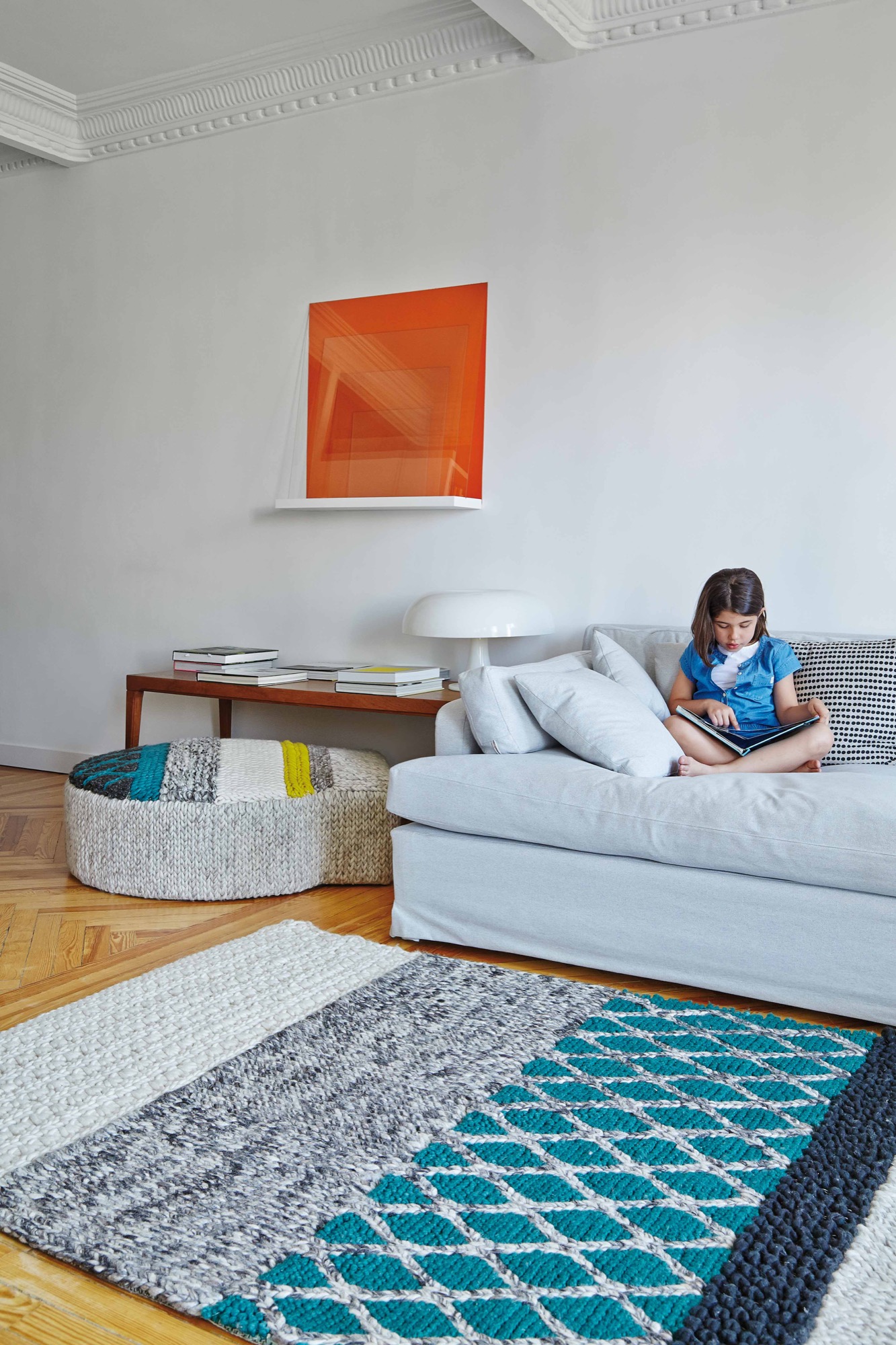
Sculptural skein seats
Claire Anne O’Brien’s stools, poufs and chairs are knit into giant skeins and then woven into a variety of loops, donut shapes and traditional patterns. The resulting seats are both whimsical and chic, surprising in their reinvented use of knitting.
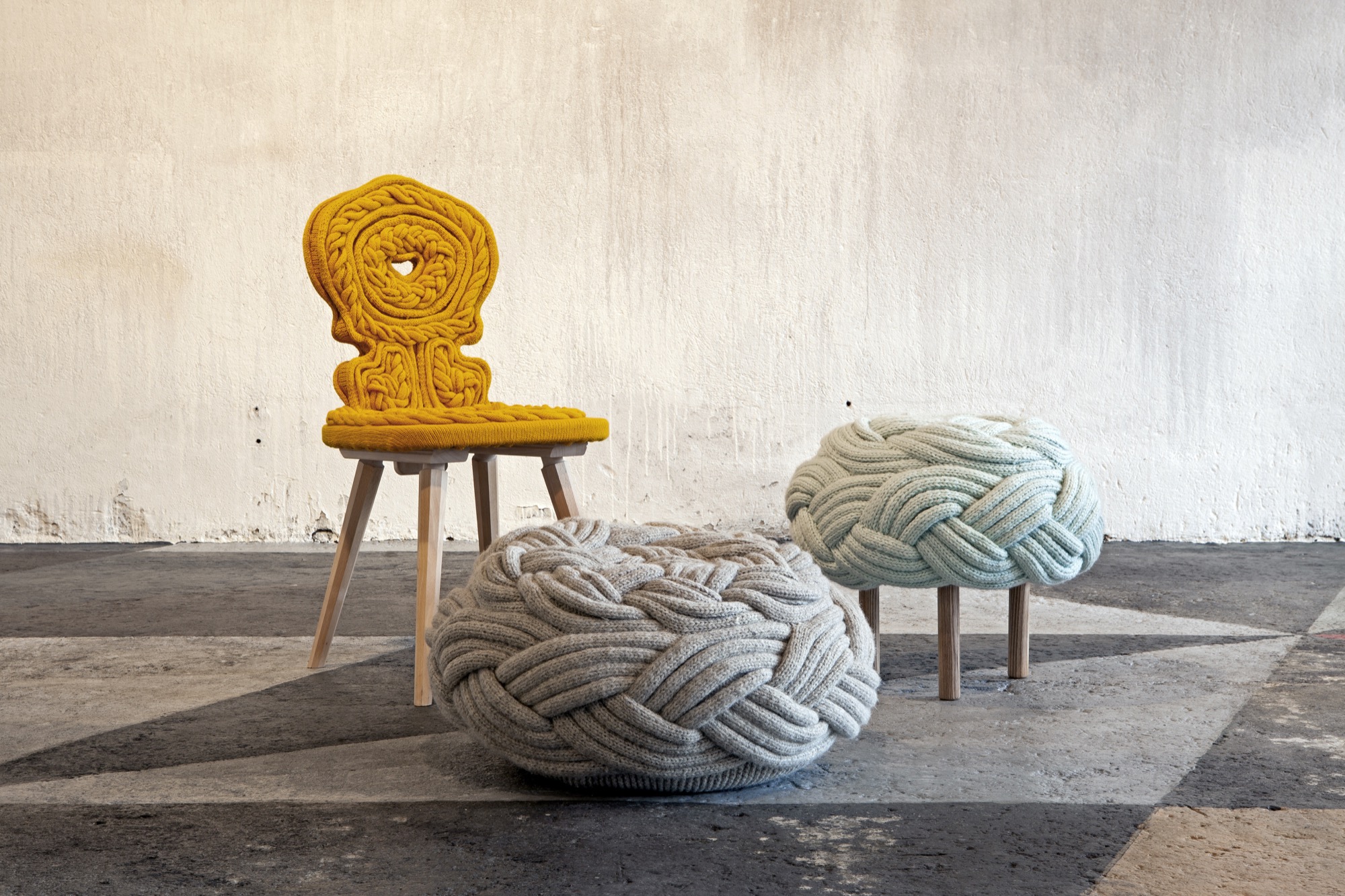
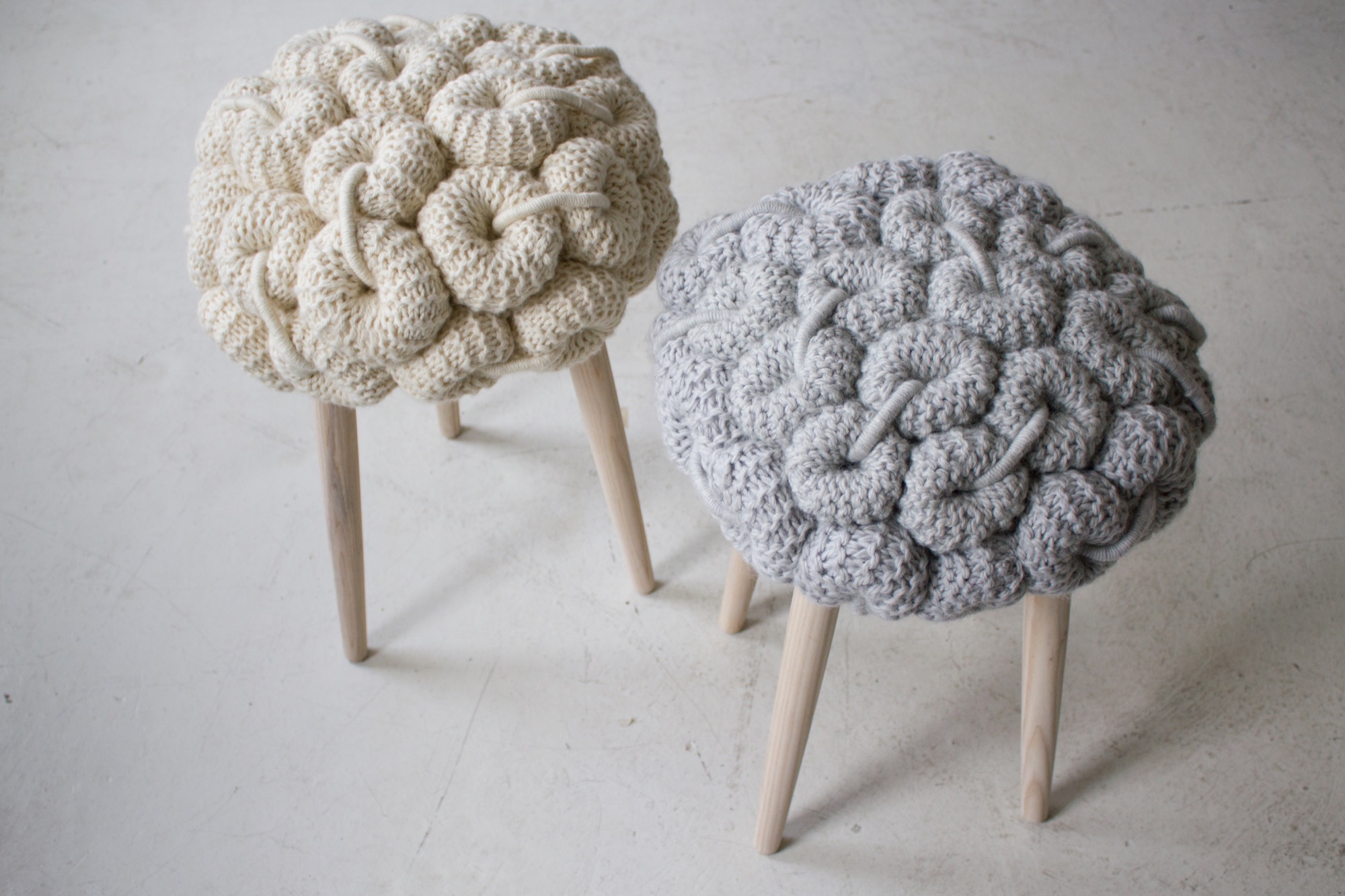
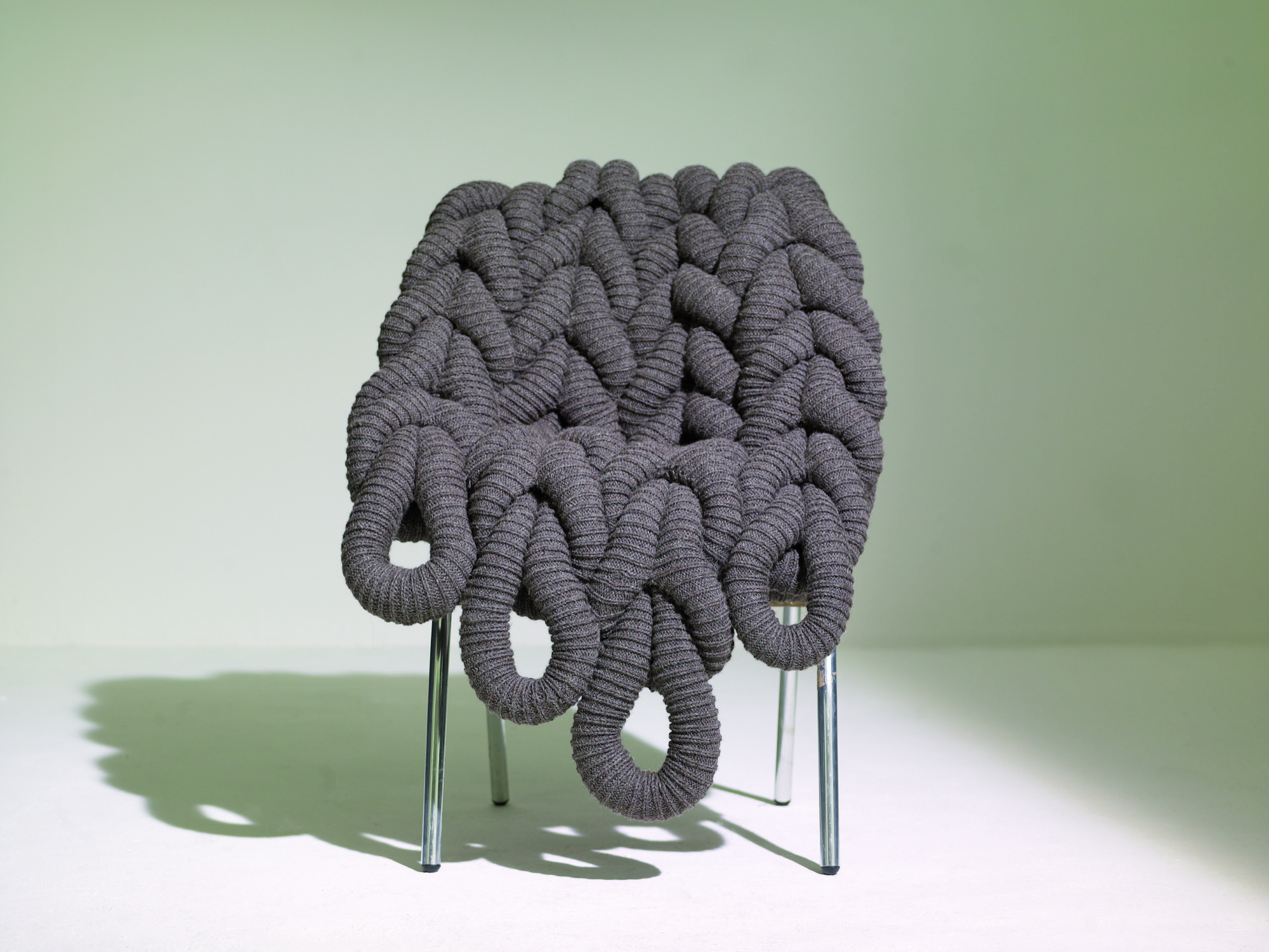
Ruched beds and seating
Ligne Roset’s Ruché Collection features beds and seating covered in an even, square, ruched design, with spare wooden frames. The soft, quilted fabric complements the simple legs, melding a traditional sewing pattern with modern structure.
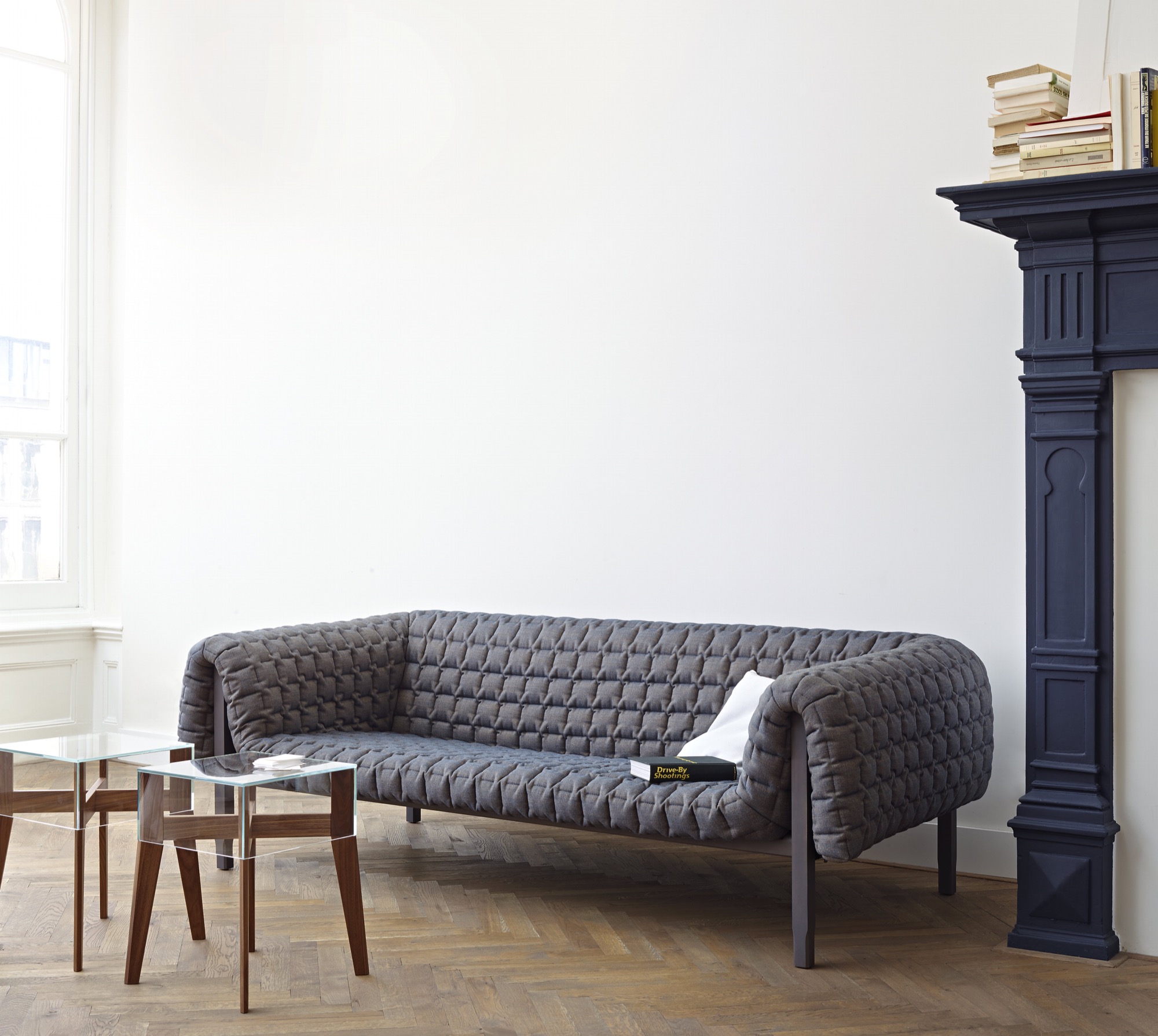
Giant hot-water-bottle shapes
Playing with size and intention in the following rugs and poufs add both warmth and whimsy to modern spaces. The unexpected hot-water-bottle shapes of the Mangas Collection from GAN brings together heritage and modernity.
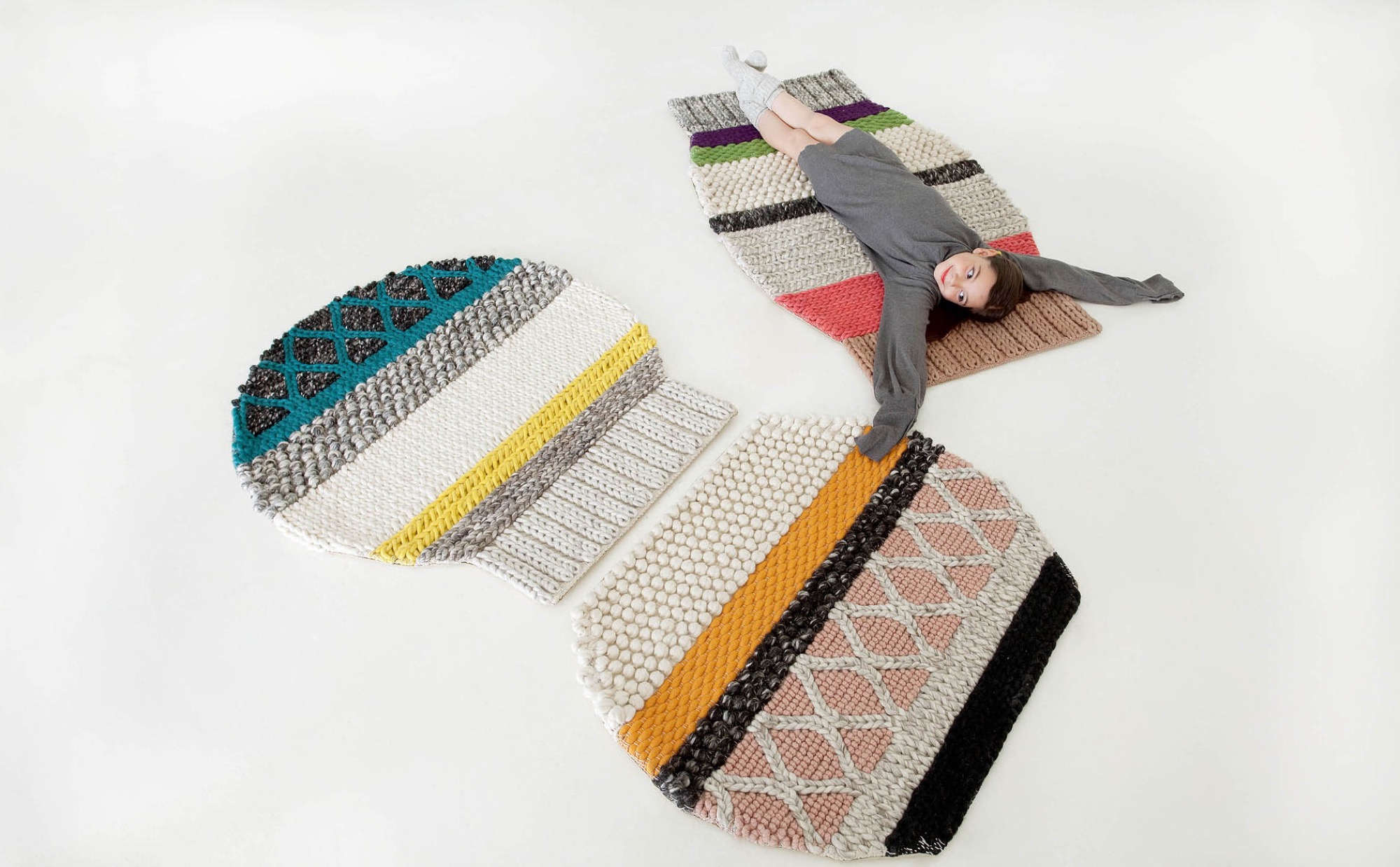
Knit bean bags
Zilalila’s Nest knitted bean bags are just that… a cozy nest to cuddle into. The knitted construction evokes another era, but the shape and feeling are wholly new and sophisticated—enriching the modern living room.
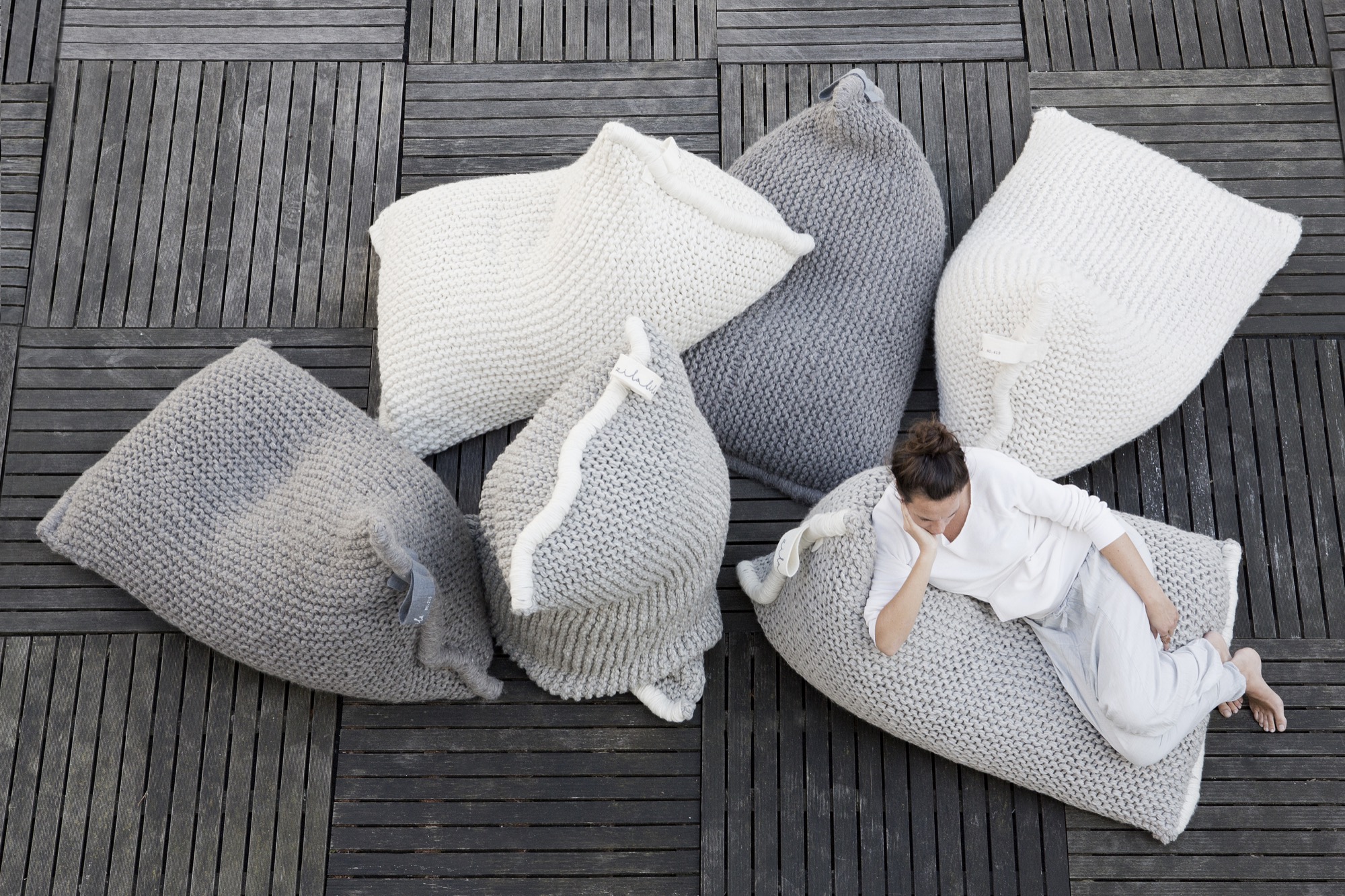
Doily rugs
Hooked Design’s doily rugs surprise by transforming something typically seen on an armrest and enlarging it for the floor.
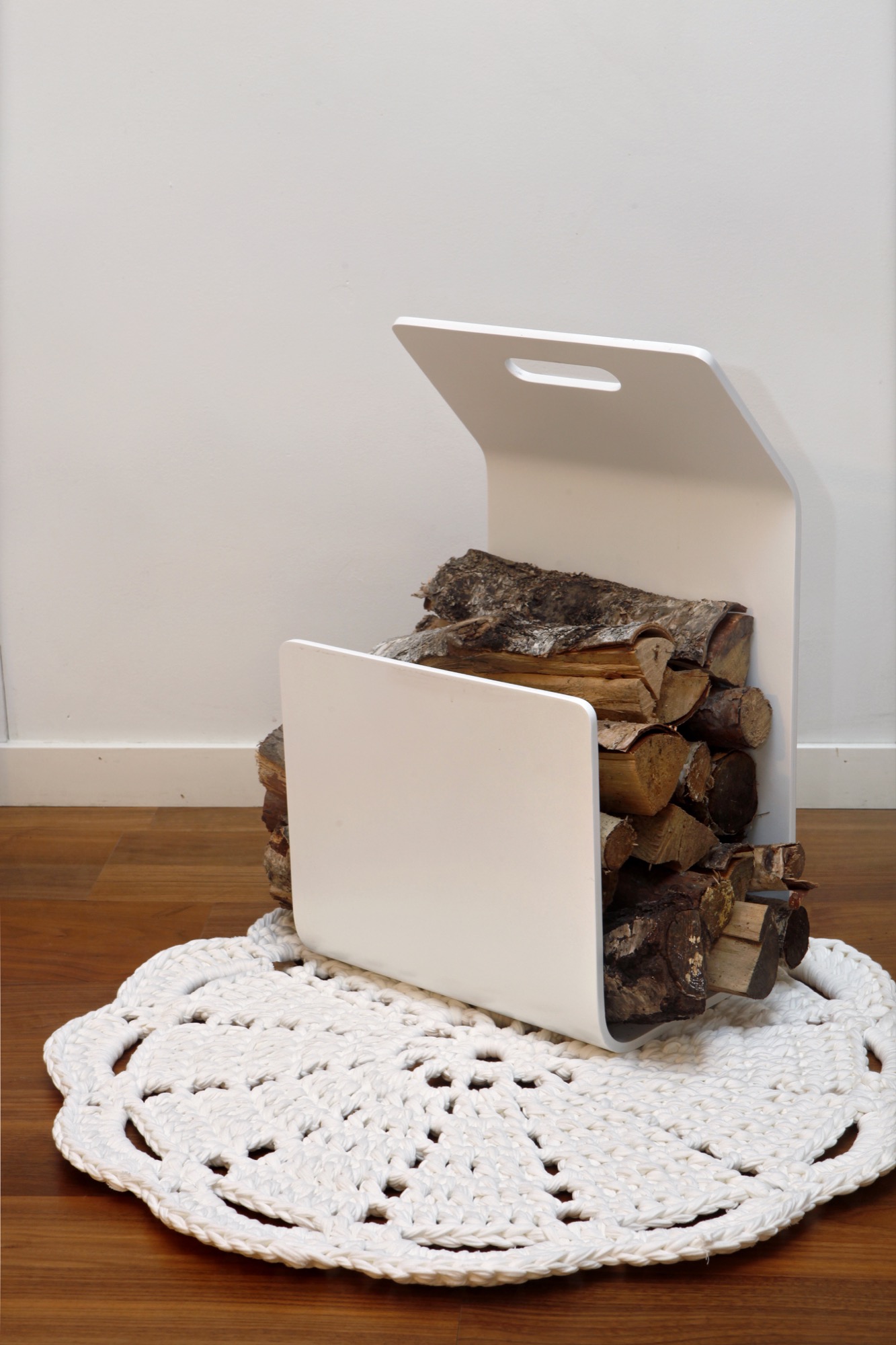
Sweater-sleeve rugs
Christien Meindertsma’s Aran rug is like an oversized sleeve of your favorite fisherman sweater, inviting you to relax right into the cables.
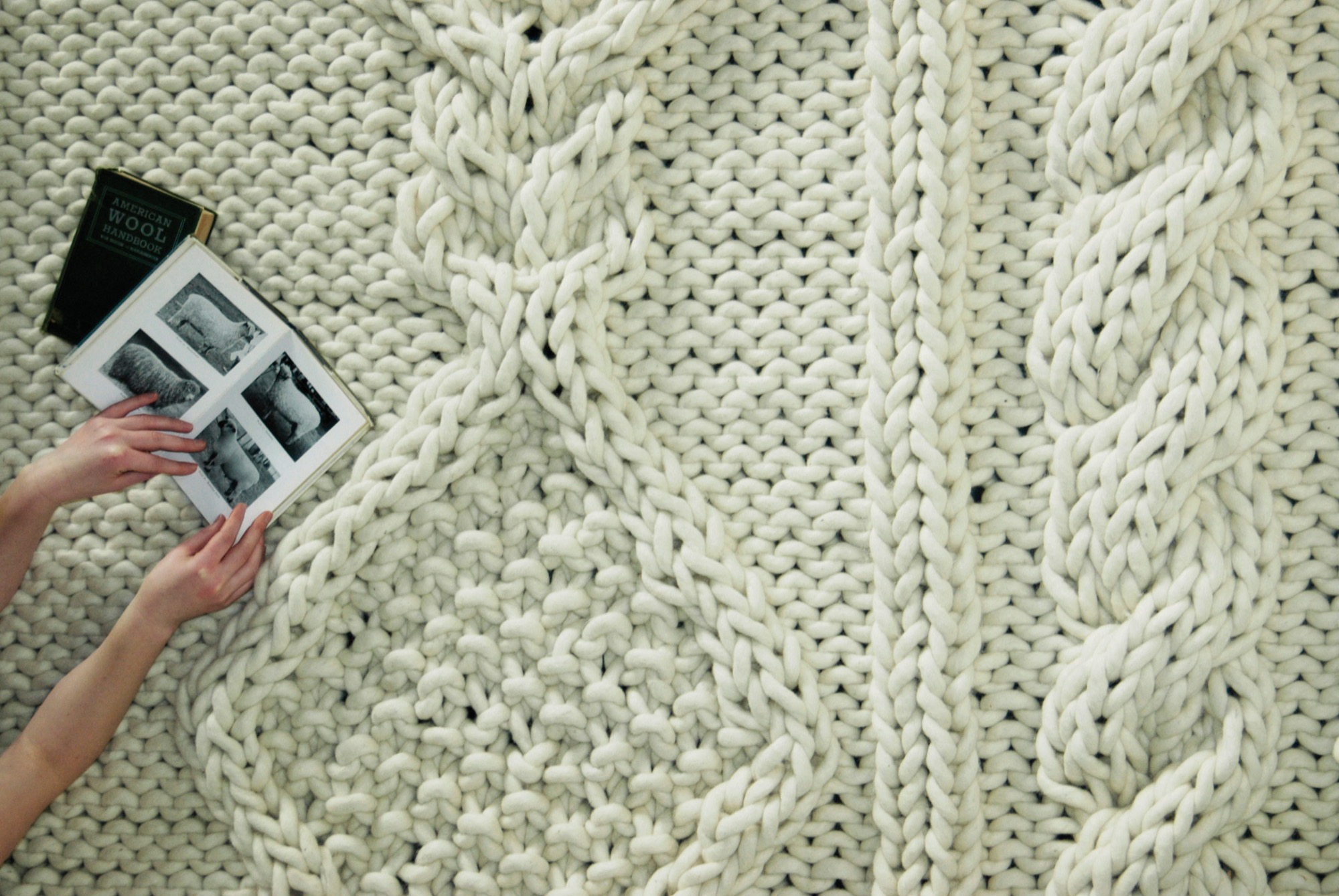
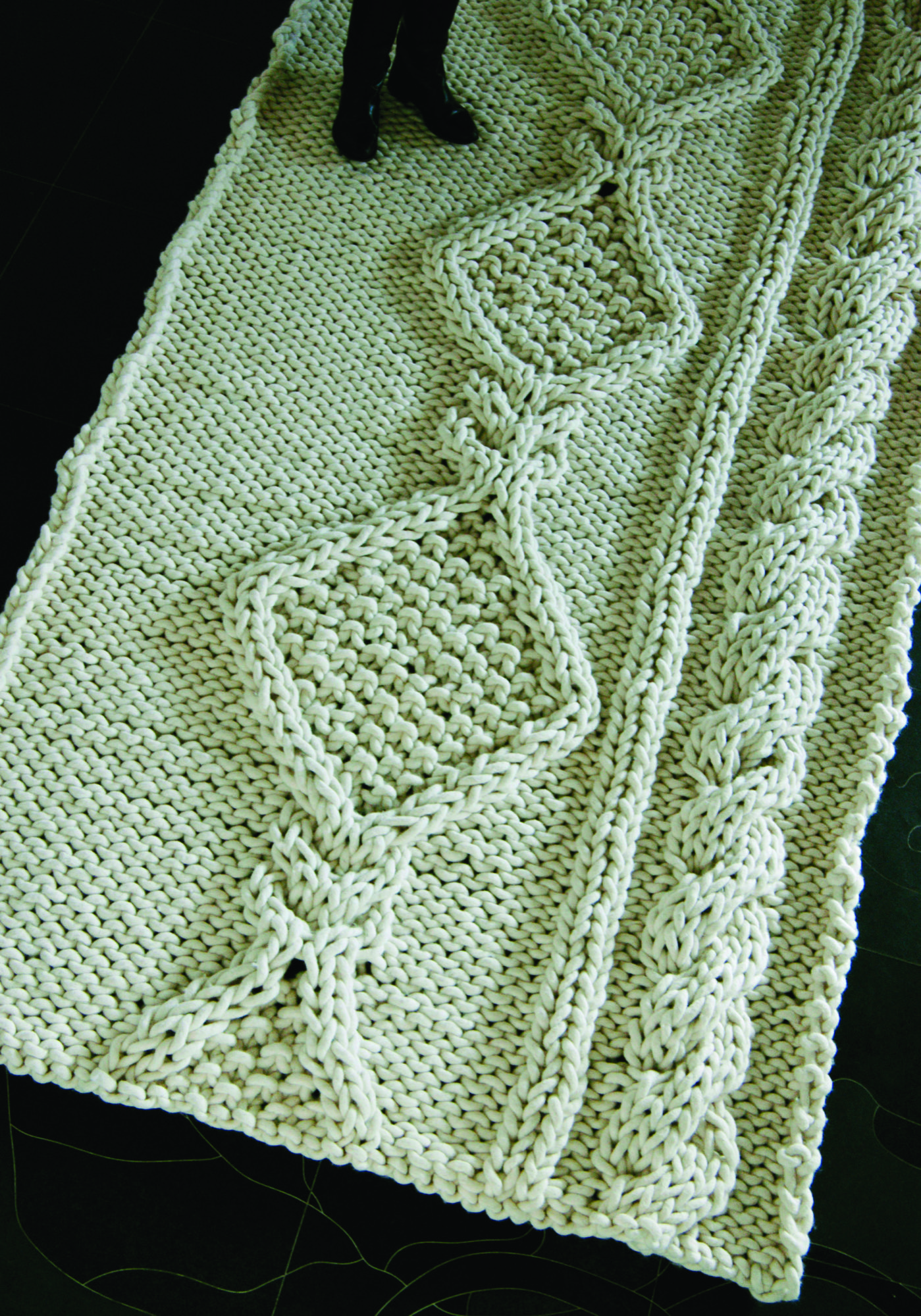
Stories with Granny under the throw
Finally, the knitted Granny Pendant of Casamania… the ideal light to sit under, while reading your favorite book, cuddled up under Serena and Lily’s Henley Wool Throw, the modern version of your grandma’s afghan. △
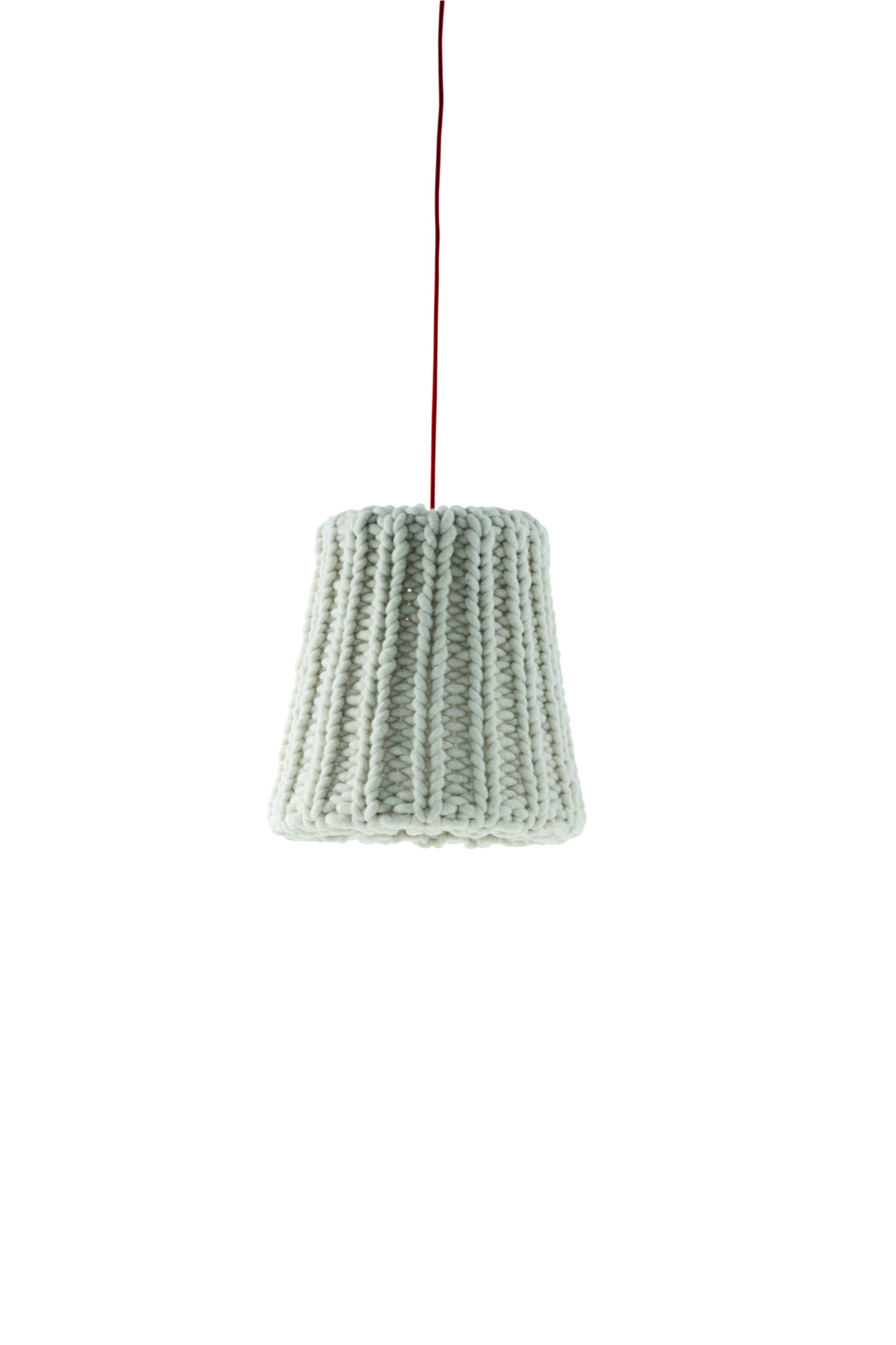
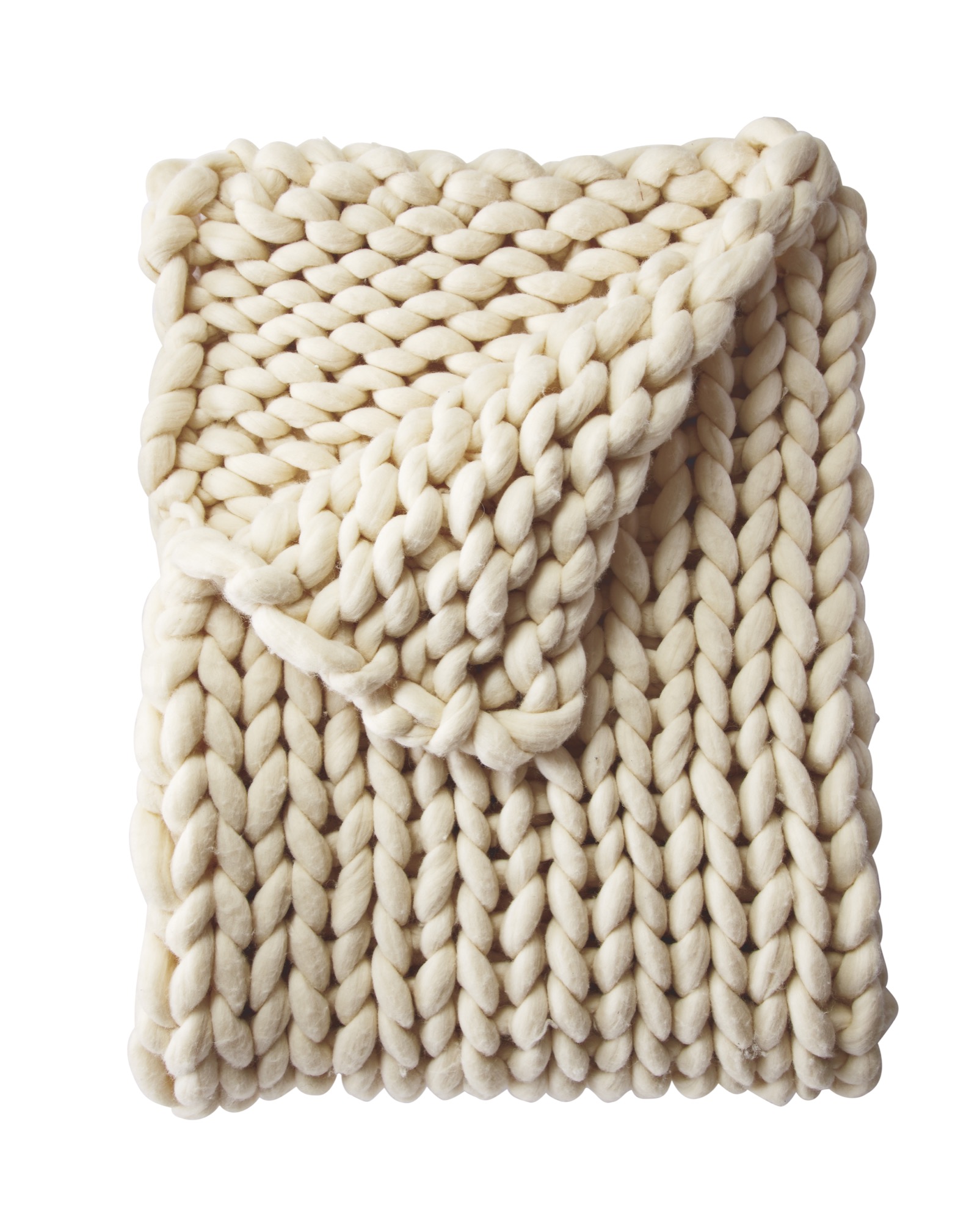
This snuggly roundup is curated by our interior design contributor Jennifer Rhode. Meet the Boulder interior designer and contributor.
Growing Up Weese
The daughter a power couple of American modernism, artist Marcia Weese was born to design
Her parents are architect Harry Weese and pioneering design shop founder Kitty Baldwin. Born into a coterie of mid-century modern architecture and design icons—Alvar Aalto, Eero Saarinen, and Charles and Ray Eames among them—artist and interior designer Marcia Weese carries on family tradition by designing modern rugs and creating fine art prints in her studio in the Colorado mountains.
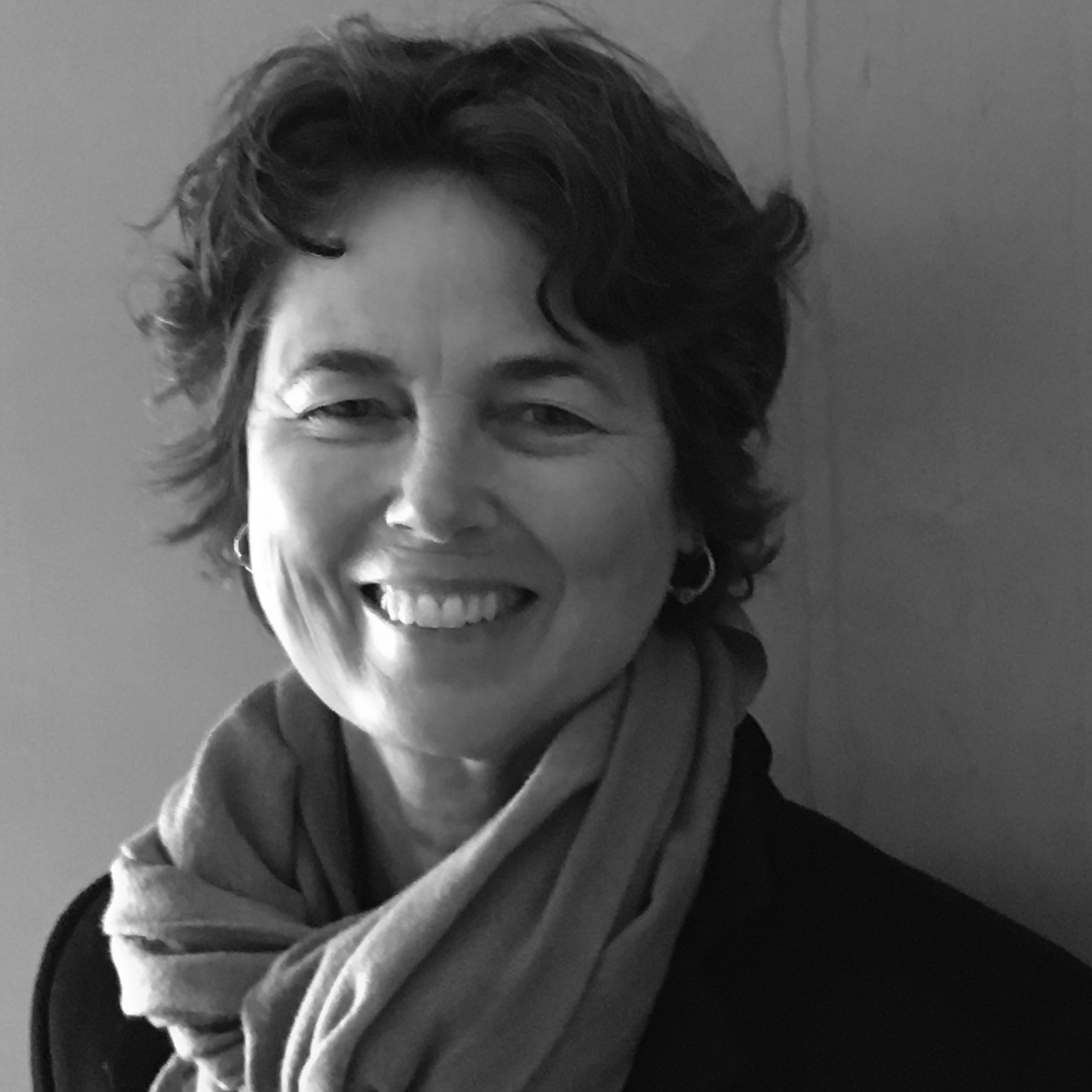
I grew up on the near north side of Chicago near the lake. The endless horizon line, burning coal, bus fumes, beach sand, roller skates, sirens, frozen waves, thunderstorms, pigeons, dandelions ... Life in the inner city was complemented by summers in the country forty miles west. Crickets, lighting bugs, oaks, jays, owls, leaves, slugs, snake grass, otters, bluegills, cabbage butterflies, algae, sumacs, worms, Queen Anne’s lace, garter snakes, rabbits, clover, flies, bullfrogs ... I was lucky to dwell in both worlds. And each winter we spent the Christmas holiday in Aspen, and I fell in love with the Rocky Mountains, too. Streams, Indian paintbrush, marmots, boulders, puffballs, eagles, gentians, boiled wool, marzipan, scree fields, cumulus clouds, ravens, purple snow shadows, ermine, the smell of wet dirt...
The natural world has always been an oasis for me—a sanctuary, a place in which to marvel and explore. I borrow imagery from natural forms, weather patterns, textures, to bring a sense of balance to my world. My content often comes from the mystery and magnificence of nature—the perfect designer.
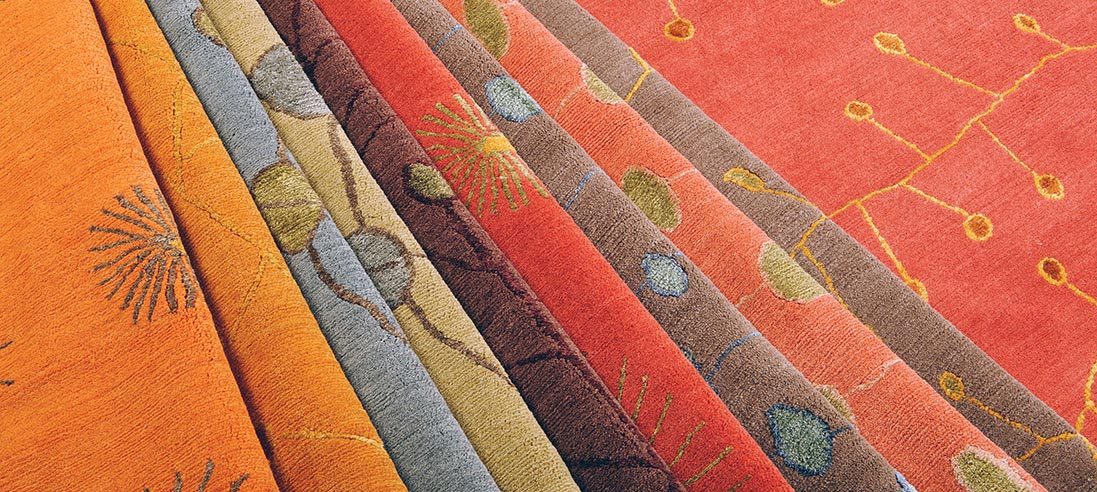
“My content often comes from the mystery and magnificence of nature—the perfect designer.”
Trained as a sculptor, I was attracted to site-specific work that often incorporated architectural elements. Printmaking was a natural antithesis to the rigor of planning and making sculpture, and as I look back, I have devoted most of my artistic life to works on paper. The ephemeral quality and the spontaneity speak to me. I am enchanted by the casual impermanence of a work on paper. And I am attracted to the minimal aesthetic, where I feel most comfortable. Less is more in my world.
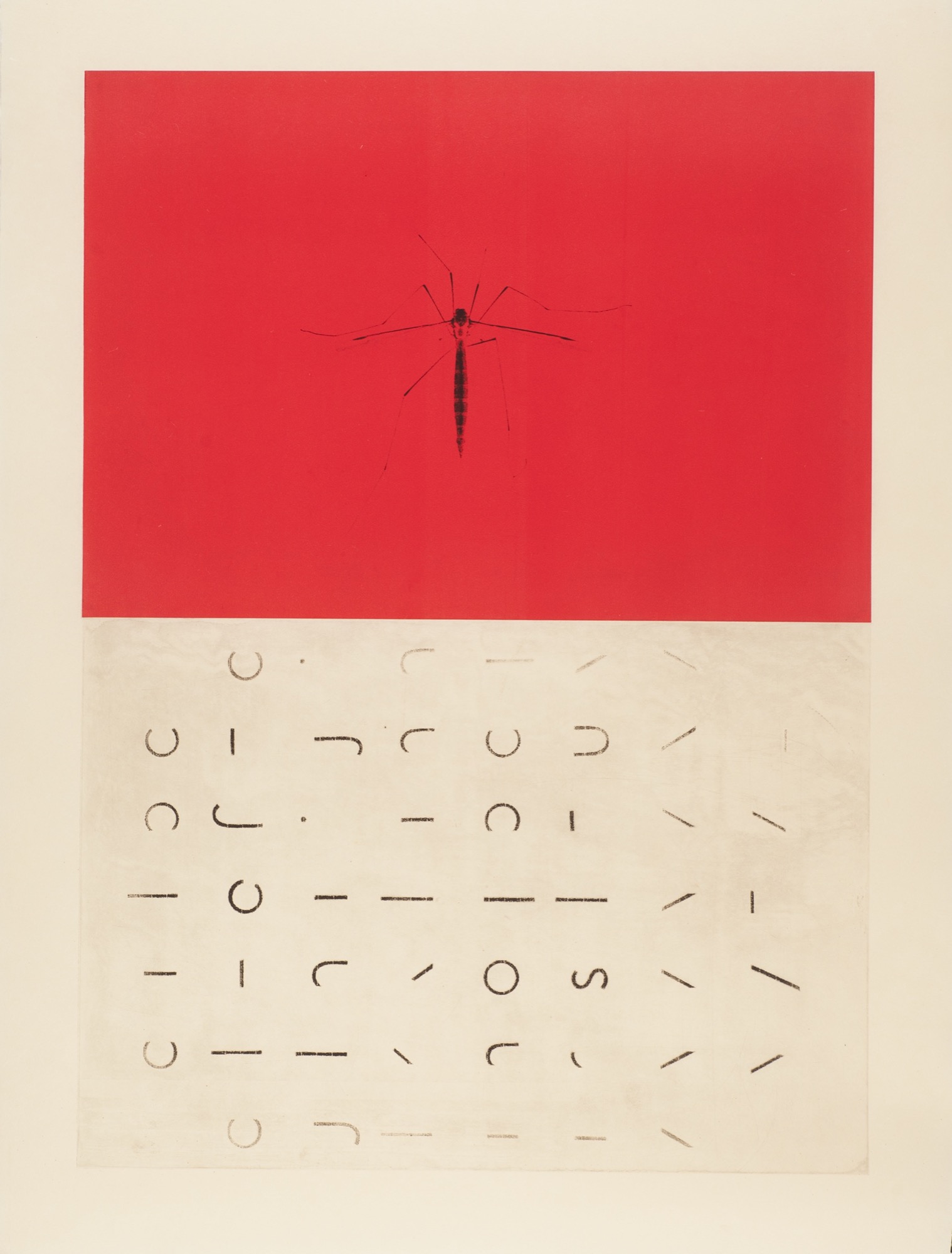
“I am enchanted by the casual impermanence of a work on paper.”
As children, we would get the nod from mother that our father was coming home and it was time to "clear the decks.” All toys would be scooped up and hidden away so he could walk into a clean and serene environment. To this day, clutter confuses me and divesting is actually something I enjoy.
I moved to New York after art school to become the famous artist that is expected of all Bennington graduates. That was a nine-year lesson in humility and how to survive amid intense turmoil and fierce competition. I learned how to discern the excellent from the mediocre in art and design. I danced, made sculpture, painted, and longed for the horizon line. I found myself walking down the streets in Manhattan looking up at the rooftops. There, the sky silhouetted another cityscape of water turrets, parapets, and fire escapes. After nine years in New York, “Manhattanism” (i.e., "New York is the only place to live”), had gotten a problematic stronghold on me, so I escaped and returned to Chicago where I could breathe again. I loved walking along the lakeshore with the density of the city to the west and open water to the east.
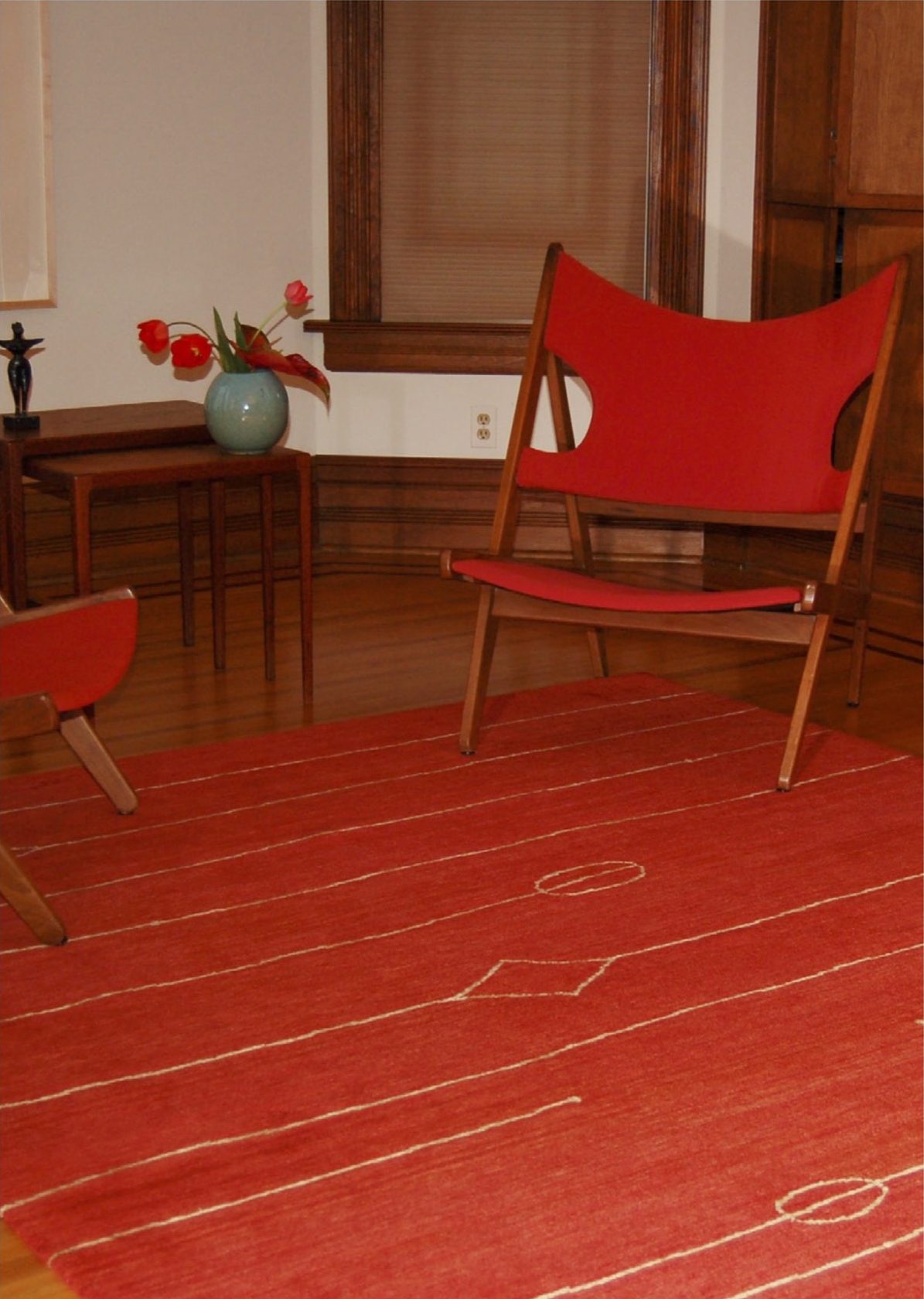
I continued making art but asked my mother to teach me the ins and outs of the interior design profession so I could more readily support myself. She taught me well, and I have worked collaboratively with architects and clients across the country over a number of decades. As an interior designer with a classical modern bent, I was always searching for the quintessential modern rug to harmonize the room. I only found beige, beige, and beige or super graphic patterns that looked like bad paintings. Serendipitously, I was introduced to a family of Tibetan sisters, who knew the rug trade and had cousins in the business in Asia. This was a happy union, and for the past fifteen years I have worked directly with Tibetans who weave rug collections to my design in Nepal. Recalling visuals of growing up on the edge of Lake Michigan and the Midwestern prairie, to hiking the crags of the Rocky Mountains, my designs stem directly from my intersections with the natural world. The patterns and color palettes present an assemblage of modern but timeless rugs.
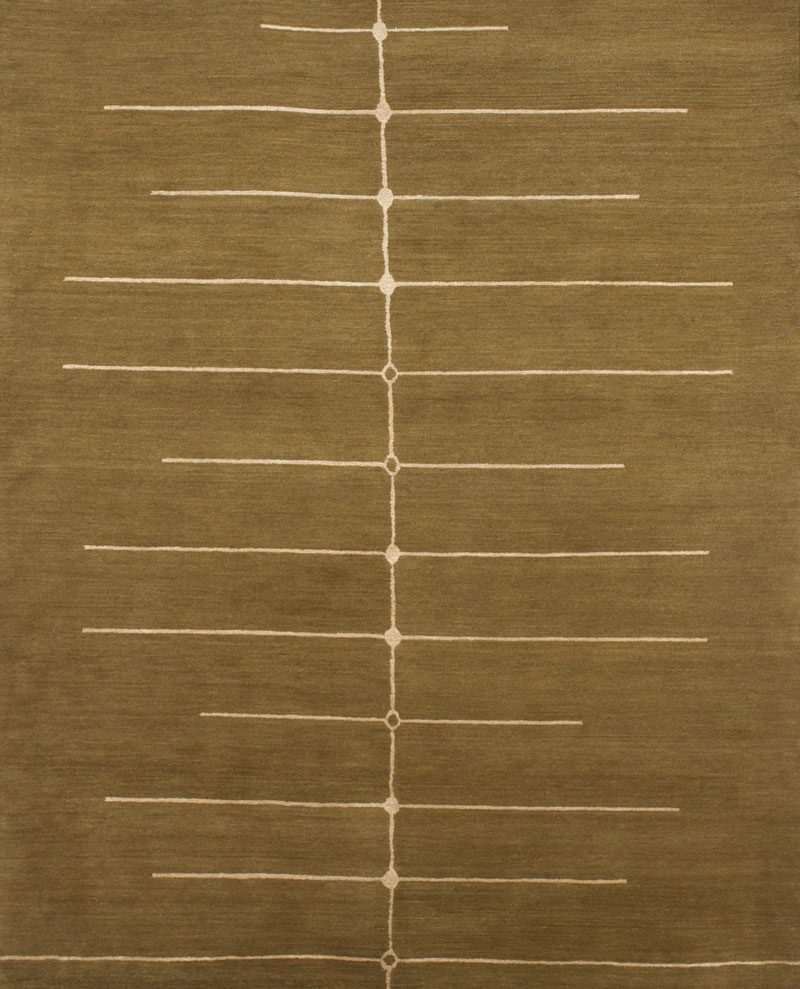
“As an interior designer with a classical modern bent, I was always searching for the quintessential modern rug to harmonize the room.”
When I eventually grew tired of Chicago’s pink skies at night and ached to see the milky way, I moved west to the Rockies.
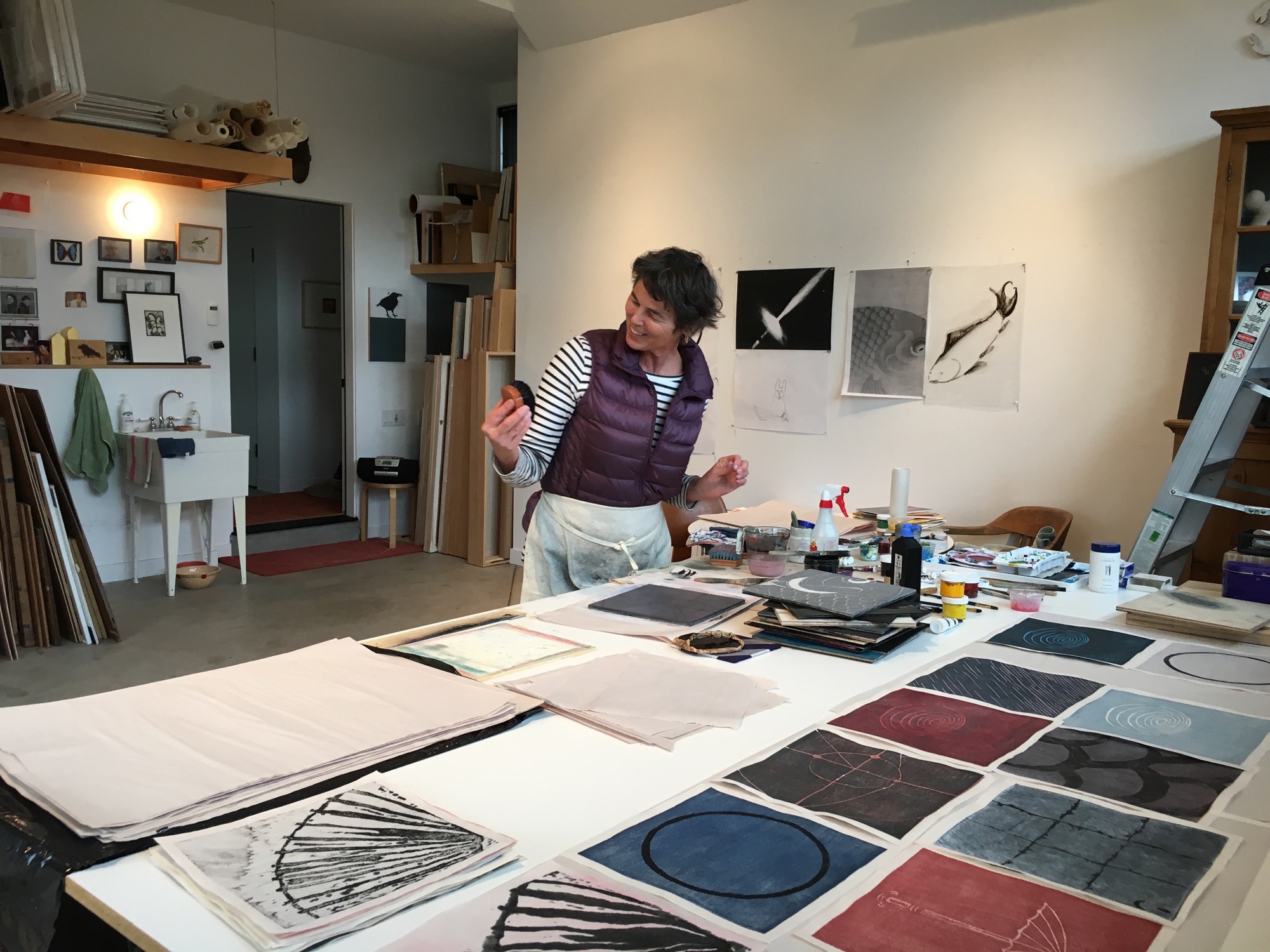
Decades have passed, and the early modernists are still in vogue. Thankfully, this is beyond fickle fashion, which warms my heart as I feel I am surrounded by old friends and family. These days, when I encounter “everyday simple,” I pause and give thanks to my parents for teaching me that less is more. And I appreciate the efforts that are being made by those who are committed to good design and who are carrying on that noble tradition.
And I am ever grateful to have been handed the baton of creativity. It is an ongoing quest, one that continues to nourish, atop the peaks and in the valleys. △
“Decades have passed, and the early modernists are still in vogue. Thankfully, this is beyond fickle fashion, which warms my heart as I feel I am surrounded by old friends and family.”
Read "How American Modernism Came to the Mountains"—a memoir by Marcia Weese as the daughter to a power couple of early American modernism. Together with fellow members of Chicago’s design elite, Harry Weese and his wife, Kitty Baldwin, flocked to Aspen for ski and summer holidays, bringing modern design and architecture to the Mountain West with them.
Sense of Place: Alpine-modern style in Tyrol
The elevated ruggedness of interior design in Austria's Zillertal
Alpine Modern talks with local interior design expert Martin Wetscher about the quintessential style of modern mountain homes in Tyrol. Wetcher is the president of the namesake interior architecture firm, carpentry workshop and furniture store his great-grandfather founded in 1912 in Fügen, Austria.
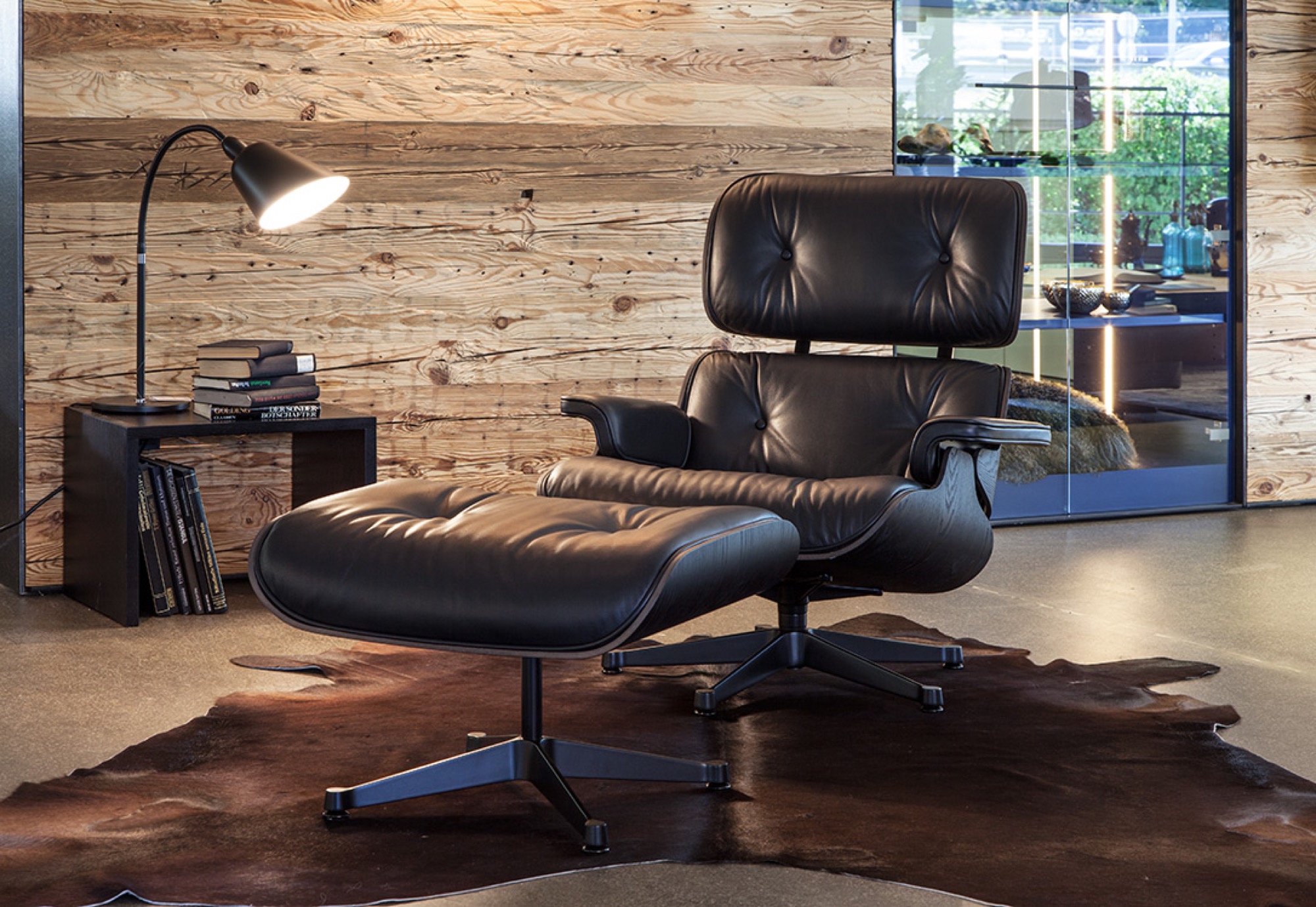
Traditional mountain living in Tyrol was simple. The Bavarian-style homes were built from materials the alpine farmer could source around the site. Dyes and paints were made from herbs and flowers; the color red derived from ox blood. Design was determined by practicality and durability. “Everything we perceive as ‘sustainable’ today inevitably gave those traditional homes a distinctly local style,” says Wetscher.
"Everything we perceive as ‘sustainable’ today inevitably gave those traditional homes a distinctly local style."
Vacation architecture in Tyrol is highly exaggerated to give visitors an immediate sense of place. “At home, that’s different,” Wetscher says. “A home has to reflect the person, with reference to where you are.” Hence, a ski chalet that dramatizes Kitzbühel — the legendary winter sports town in Tyrol, Austria — would quickly become kitschy as a permanent home.
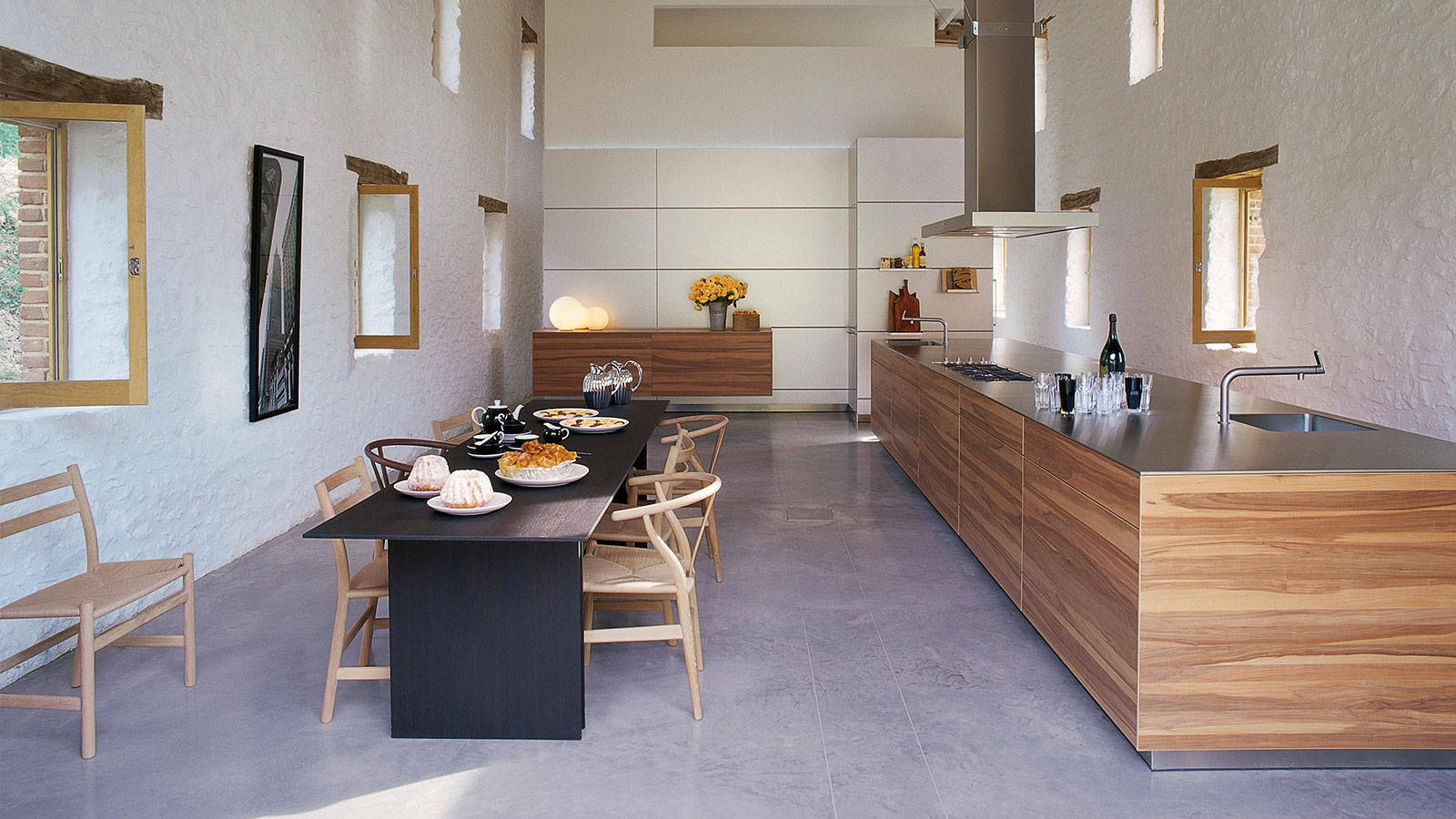
Celebrating craftsmanship
The interior concept Wetscher Chalet celebrates the Tyroleans’ ruggedness without being crude. While the craftsmanship is very much refined, materials such as oak wood (which is characteristic for the area) retain a pastoral touch. “People here in the Alps love to see that it doesn’t have to be either or, rather, that Wetscher Chalet is rich and clever, modern yet authentic,” says the head of Austria’s oldest independent furniture retailer.
In Tyrol, generations of families live in the same house for hundreds of years. Thus, it is particularly important to balance modern design with authenticity by integrating heirlooms, such as antique rugs or artisanal art, and found natural objects from the surrounding environment, such as driftwood from a nearby creek. Moreover, after an era of booming industrial manufacturing, quality craftsmanship is back in Tyrol, once again coveted and elevated.
“One has to begin where the alpine farmer left off,” Wetscher says about creating a sensible modern Tyrolean interior. To him, a beautiful mountain home has little to do with new furniture and a lot with bringing in shapes and materials found around the outside.
“One has to begin where the alpine farmer left off."
Mixing materials and eras
Mixing natural stone with oak is big right now at Wetscher. The contrast makes it chic. “Then, add deftness by bringing the present moment and the season into your home with flowers and accessories,” he says. Easily interchangeable objects, such as a coffee table or curtains, offer balance between consistency and change. In the current Wetscher Chalet line, for example, furry textiles represent that transient element. Prints, on the other hand, are passé. “We find them rather tacky.” Instead, Wetscher likes to play with materials like natural stone as patterns.
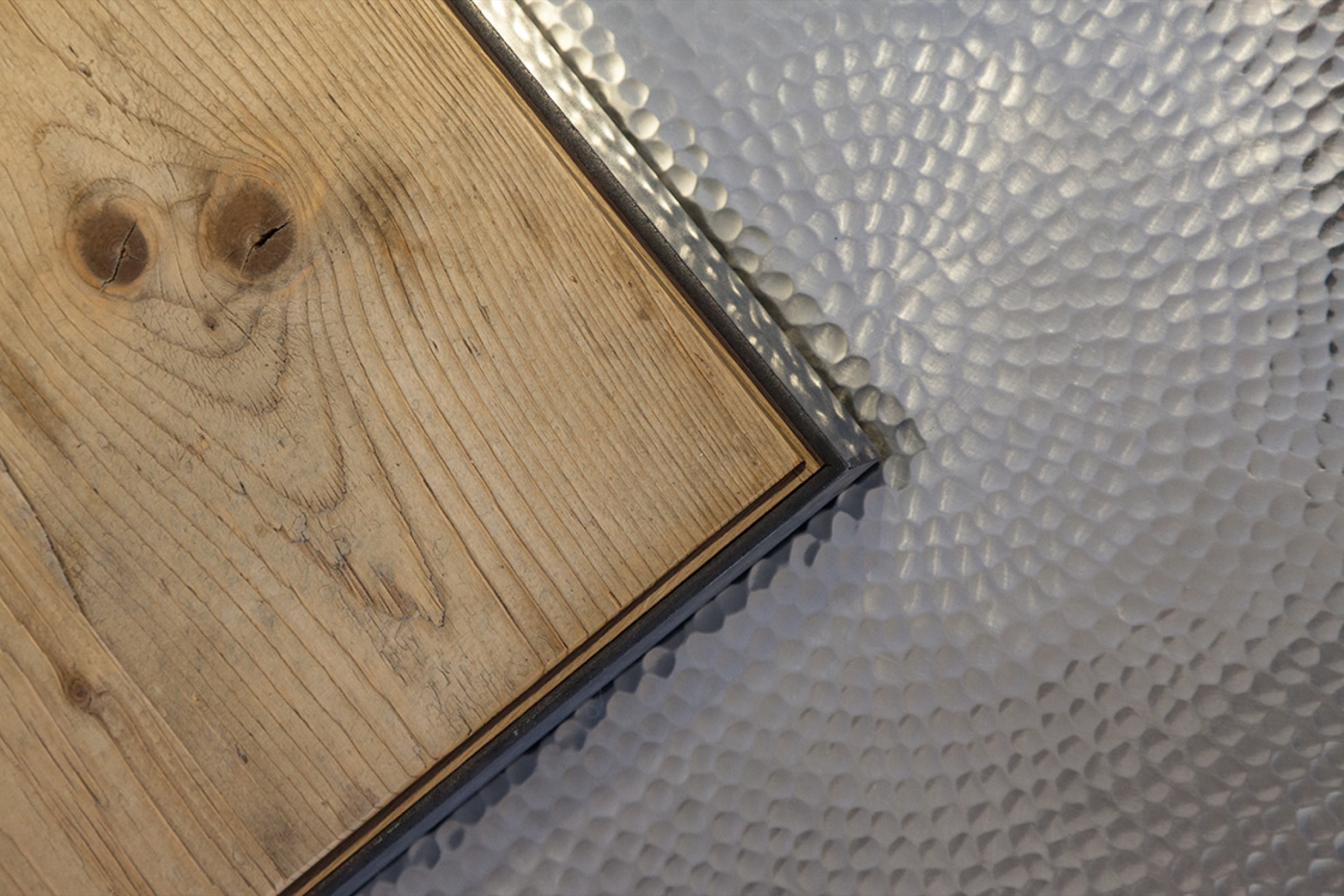
His Chalet concept is further characterized by exceedingly loungy seating furniture one can lay back and stretch out in. Various seating areas with low tables encourage conversation. Furniture low to the ground is more sophisticated and comfortable, while higher furniture can exude stiffness.
Understatement is key. A backdrop in Wetscher’s showroom, for example, is paneled in softwood reclaimed from an old corral. However, a smoothed surface adds calmness to the rustic wall. After all, Wetscher knows, “Jump too far into the Tyrol, and it will actually look like a cow stable.” △
“Jump too far into the Tyrol, and it will actually look like a cow stable.”
